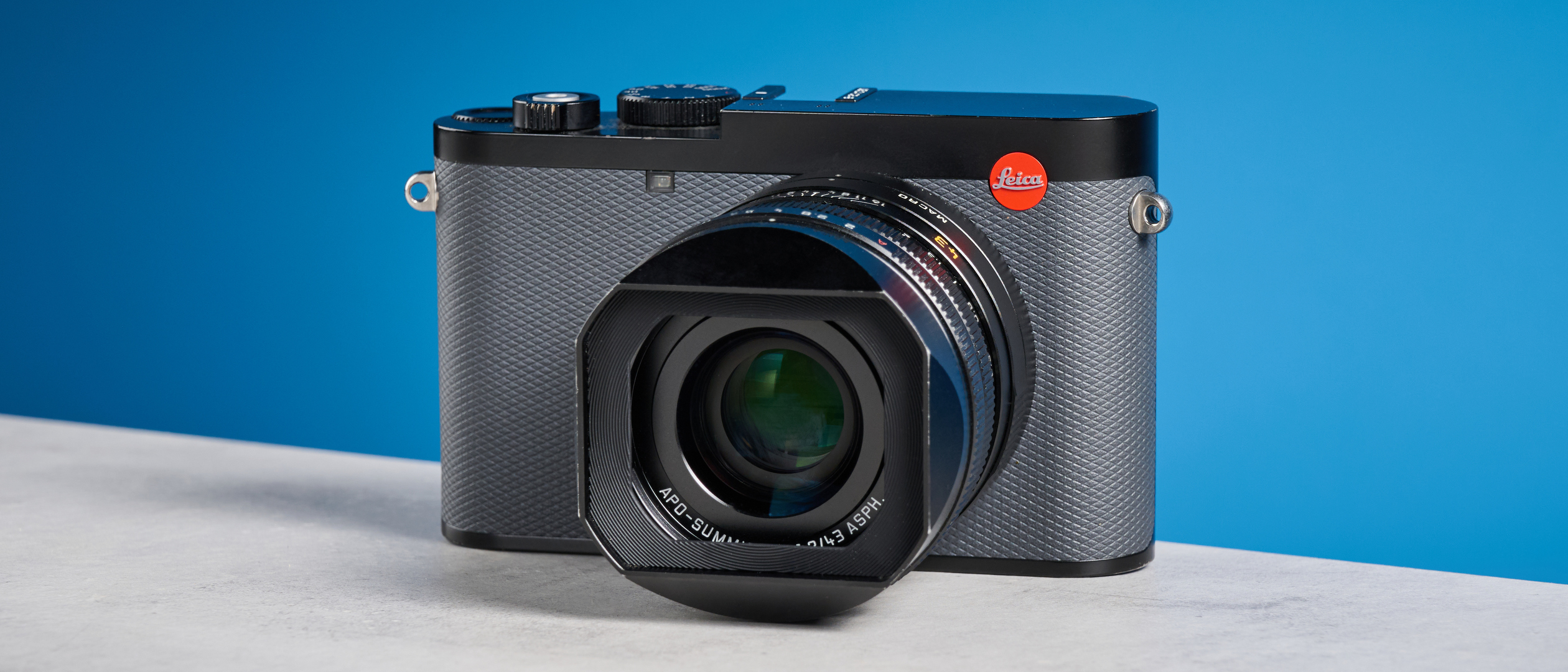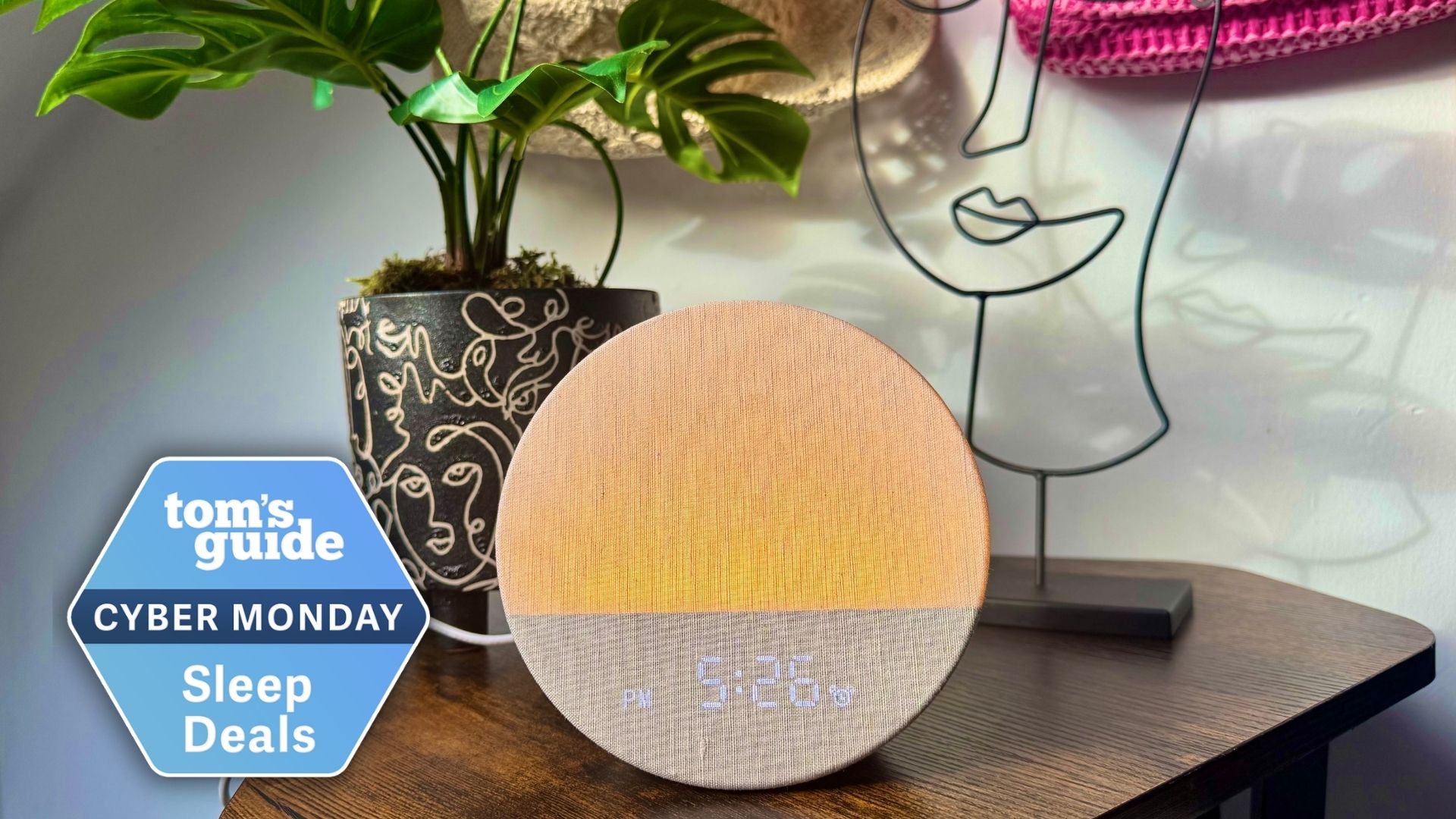Tom's Guide Verdict
Pin-sharp precision is what the Leica Q3 43 is all about. Featuring a 60.3MP CMOS sensor and utilizing Leica’s best-in-class autofocus system, the Q3 43 captures stunning images with beautiful color reproduction. The new 43mm lens has a standard field of view and comes with a dedicated macro mode. The camera itself is compact and comfortable to use, and for those who like shooting video, it can record 8K/30fps and 4K/60fps footage. While not without its shortcomings, the Q3 43 is an undeniable force to be reckoned with.
Pros
- +
Comfortable and compact
- +
Beautiful, detail-packed 60.3MP images
- +
Great autofocus
- +
43mm lens resembles human vision
- +
Stunning 8K/30fps and 4K/60fps video
Cons
- -
No IBIS
- -
Short battery life
- -
Expensive
Why you can trust Tom's Guide
I’m in the very privileged position of testing the best cameras, from compacts to medium format bodies and everything in between. More than a year of testing these cameras has proven one thing to me: the Leica hype is real, and these cameras are in a league of their own. And the camera that proved that? The Leica Q3 43, which I tested for a week — I had tears in my eyes when I returning the loan unit.
The Q3 43 is an exceptional compact camera. It’s tactile to handle and intuitive to use, and it’s very easy to travel with, barely taking up space in your backpack. Fitted with a 43mm lens whose field of view resembles human vision, and a 60.3MP CMOS sensor, the camera takes stunning images packed with plenty of detail and beautiful colors. The autofocus performs well for stills while the Maestro IV processor captures a wide dynamic range. For casual videographers, the Q3 43 offers the ability to shoot 8K/30fps and 4K/60fps footage too.
While not without its faults, as there’s no IBIS and the battery life is short, the Q3 43 is worth every cent… if you can afford it. Read on for my full Leica Q3 43 review.
Leica Q3 43 review: Cheat sheet
- What is it? A 60.3MP compact, fixed-lens camera with a 43mm focal length and the ability to shoot 8K video
- Who is it for? For anyone who wants to document their travels with pin-sharp precision
- How much does it cost? Oh, just a little — the Leica Q3 43 is available for $7,380 / £5,900
- What do we like? Its comfortable and compact design, detailed-packed 60.3MP images, great autofocus, unique focal length, and stunning 8K and 4K video
- What don't we like? No IBIS, short battery life, and it’s very expensive
Leica Q3 43 review: Specs
Specs | Leica Q3 43 |
|---|---|
Price | |
Sensor | 60.3MP CMOS |
Processor | Leica Maestro IV |
Stabilization | Optical Image Stabilization only |
AF system | Intelligent Hybrid AF |
Focus modes | Intelligent AF, Single AF, Continuous AF, Manual Focus |
Viewfinder | OLED EVF, approx. 5.76 million dots |
Display | 3-inch TFT LCD touchscreen, approx. 1.84 million dots |
ISO range | 50-100,000 |
Max video resolution | C8K/30fps | C4K/60fps | FHD/120fps |
Ports | USB-C, micro HDMI output, 1x SD/SDHC/SDXC UHS-II/V90 |
Wireless/Bluetooth | Wi-Fi, Bluetooth |
Max shooting speed | 15fps (electronic) | 7fps (mechanical) |
Max shutter speed | 1s to 1/16000s (stills, electronic) | 120s to 1/2000s (stills, mechanical) |
Battery life (Stills, CIPA) | 350 shots |
Size | 5.11 x 3.84 x 3.16 inches |
Weight | 1.51lbs (body only) |
Leica Q3 43 review: Price & availability
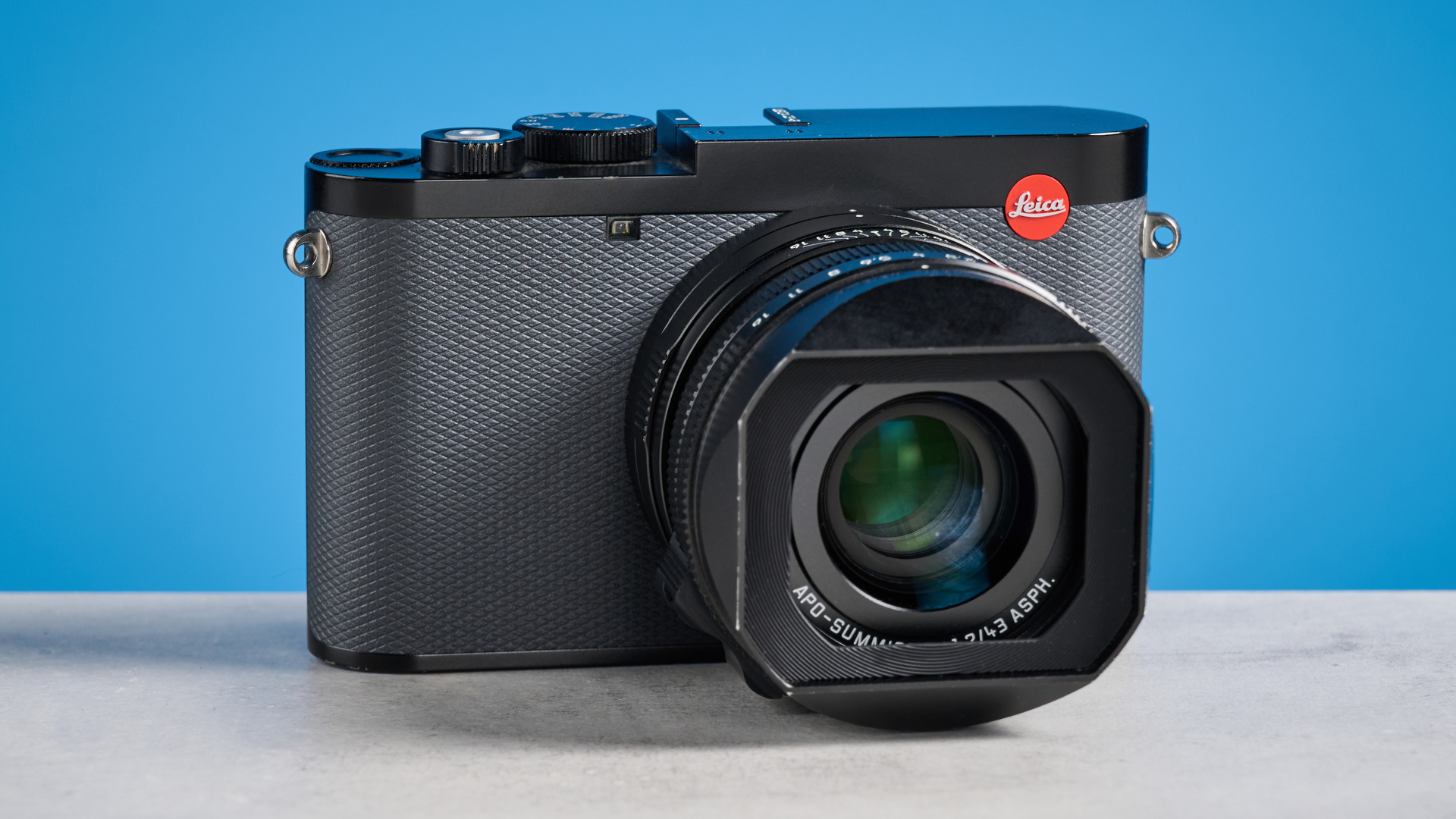
Leica cameras don’t come cheap and they fit a certain luxurious lifestyle. The Leica Q3 43 retails for $7,380 / £5,900, but unlike the Leica M11-D ($9,799) where you need to spend extra on glass, the Q3 43 has a fixed lens. This lens has a focal length of 43mm, which I’ll discuss in depth later, and it has been specifically designed for the Q3 43.
The Q3 43 finds itself competing with the likes of the Fujifilm GFX100RF ($4,899) — also a fixed-lens camera but medium format. It’s priced closely to the Hasselblad X2D 100C ($8,199), which is an interchangeable lens camera (ILC). Given the Q3 43’s compact, full frame nature, the Sony A7CR ($2,999) and the Fujifilm X100VI ($1,599) are also its competitors, but they cost a lot less than the Leica.
So why would you buy the Q3 43 if you can just get one of the aforementioned cameras for cheaper? People who want a Leica aren’t looking for cheaper alternatives — they want a Leica. If I could afford it, I would be buying the Q3 43 in no time. Its unique 43mm focal length sets it apart, and the image quality and color reproduction are phenomenal.
Leica Q3 43 review: Design
The Leica Q3 43 is a stunning camera. It’s near-identical to the base Leica Q3 which features a 28mm lens. That has been replaced with a 43mm lens with a field of view that resembles human vision and what your eye sees. It’s a fantastic, sharp lens that, when combined with the camera’s 60.3MP sensor, captures an incredible amount of detail.
Get instant access to breaking news, the hottest reviews, great deals and helpful tips.
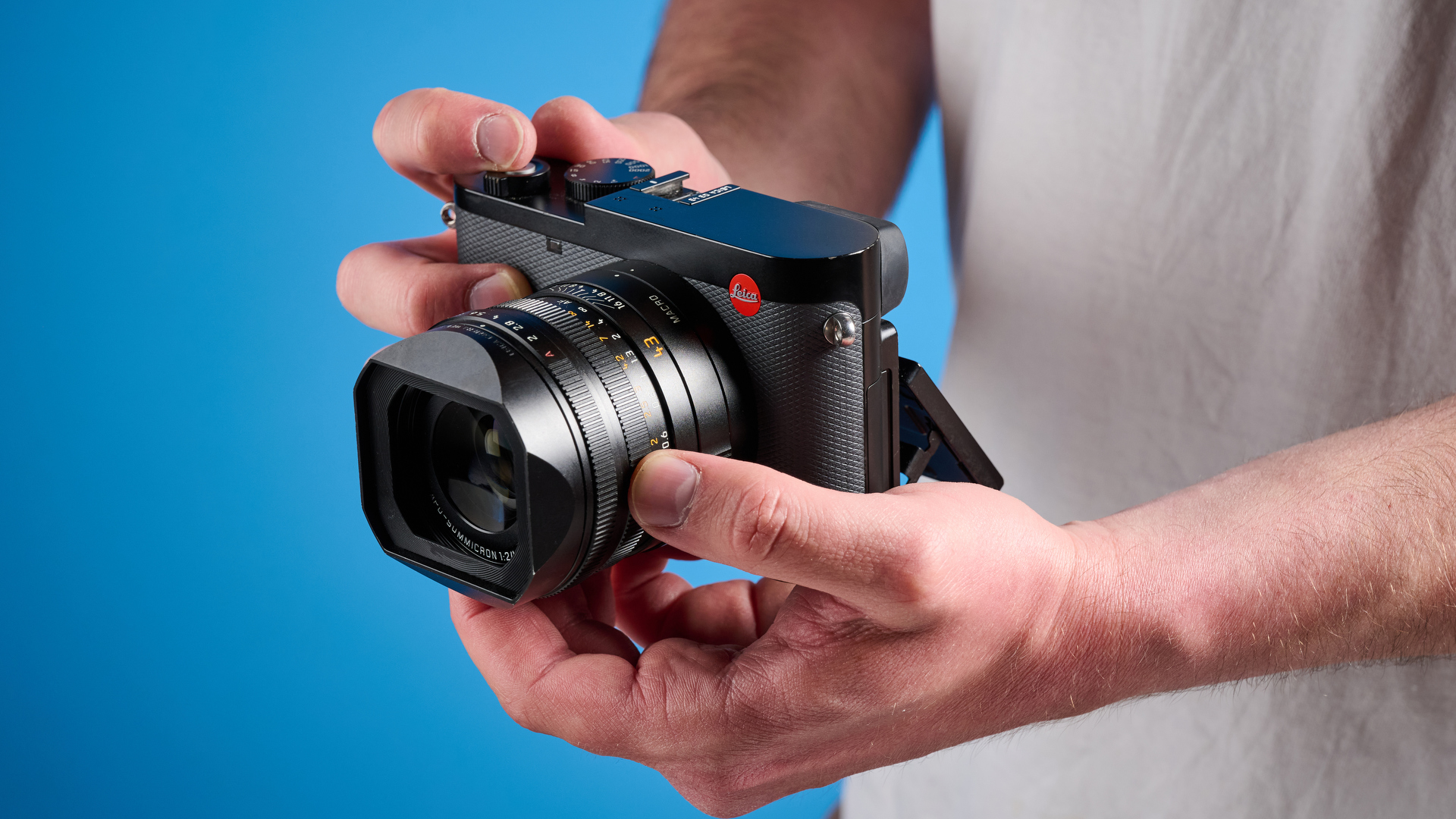
The front of the Leica Q3 43 is wrapped in a faux-leather material that gives it a premium edge — and yes, this looks like an expensive camera.
The camera measures 5.11 x 3.84 x 3.16 inches so it’s slightly bigger than other compacts, like the Fujifilm X100VI. Without a battery and SD card, the Q3 43 weighs 1.51lbs and has great weight distribution. It feels great to carry around your neck with the included leather strap.
Tactile to hold and use, I love how the Q3 43 handles. One thing I would change? Add a protruding sculpted grip, like on the Fujifilm GFX100RF. That’s not to say it isn’t comfortable to hold; that would just make it even better.
Ports
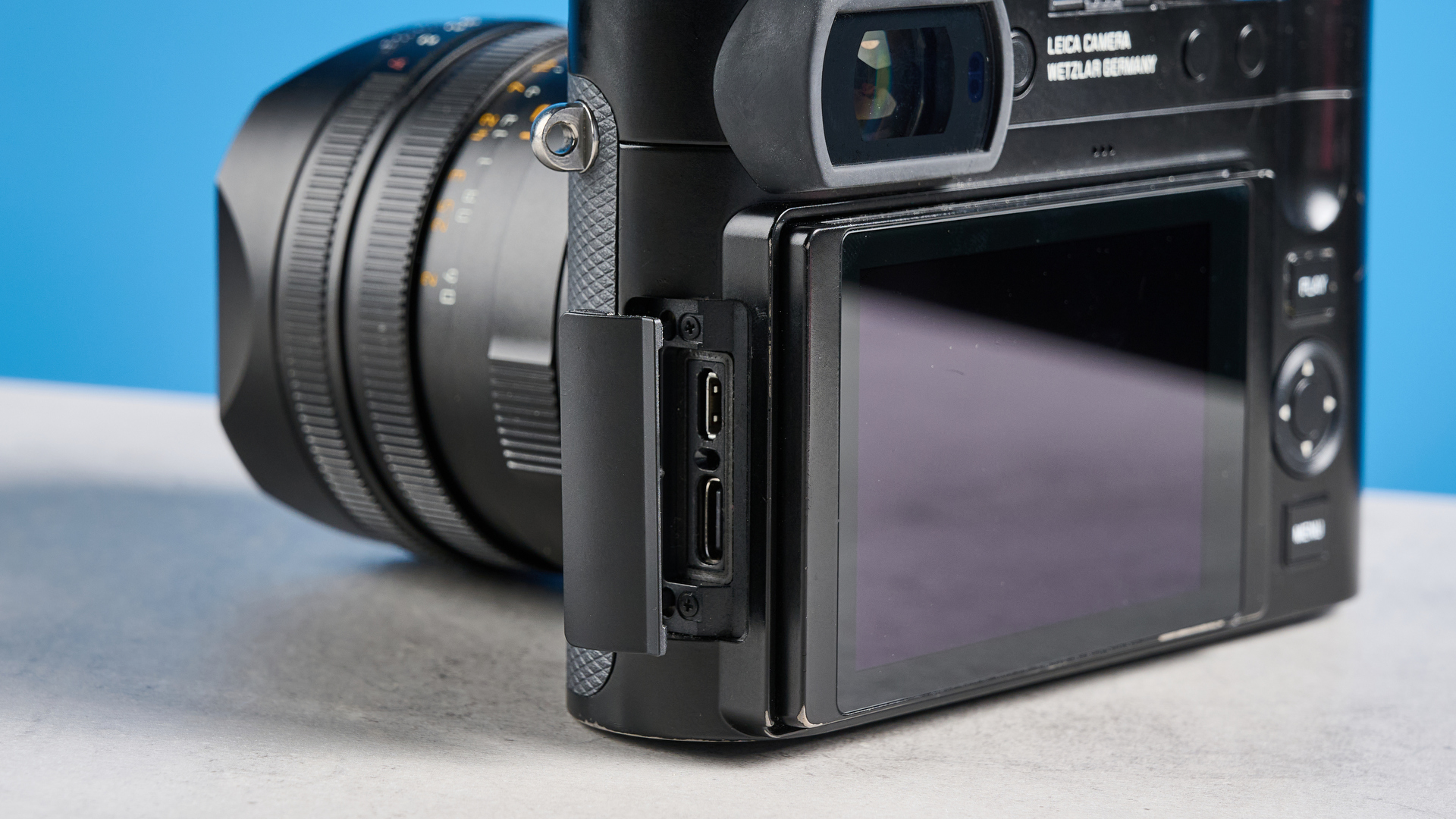
Similar to the Leica M11-D, the Leica Q3 43 doesn’t house as many ports as most other cameras. Located behind a hatch on the left-hand side, you’ll find the USB-C port for data transfer and charging, and a micro HDMI output port.
Even though the Q3 43 is a hybrid camera that can shoot cinematic 8K video, it doesn’t house any 3.5mm jacks for headphones and mic input or output. However, Leica’s partnership with Rode means that the Q3 43 supports Rode mics via the USB-C port, such as the Rode Wireless Go Gen 3 ($329).
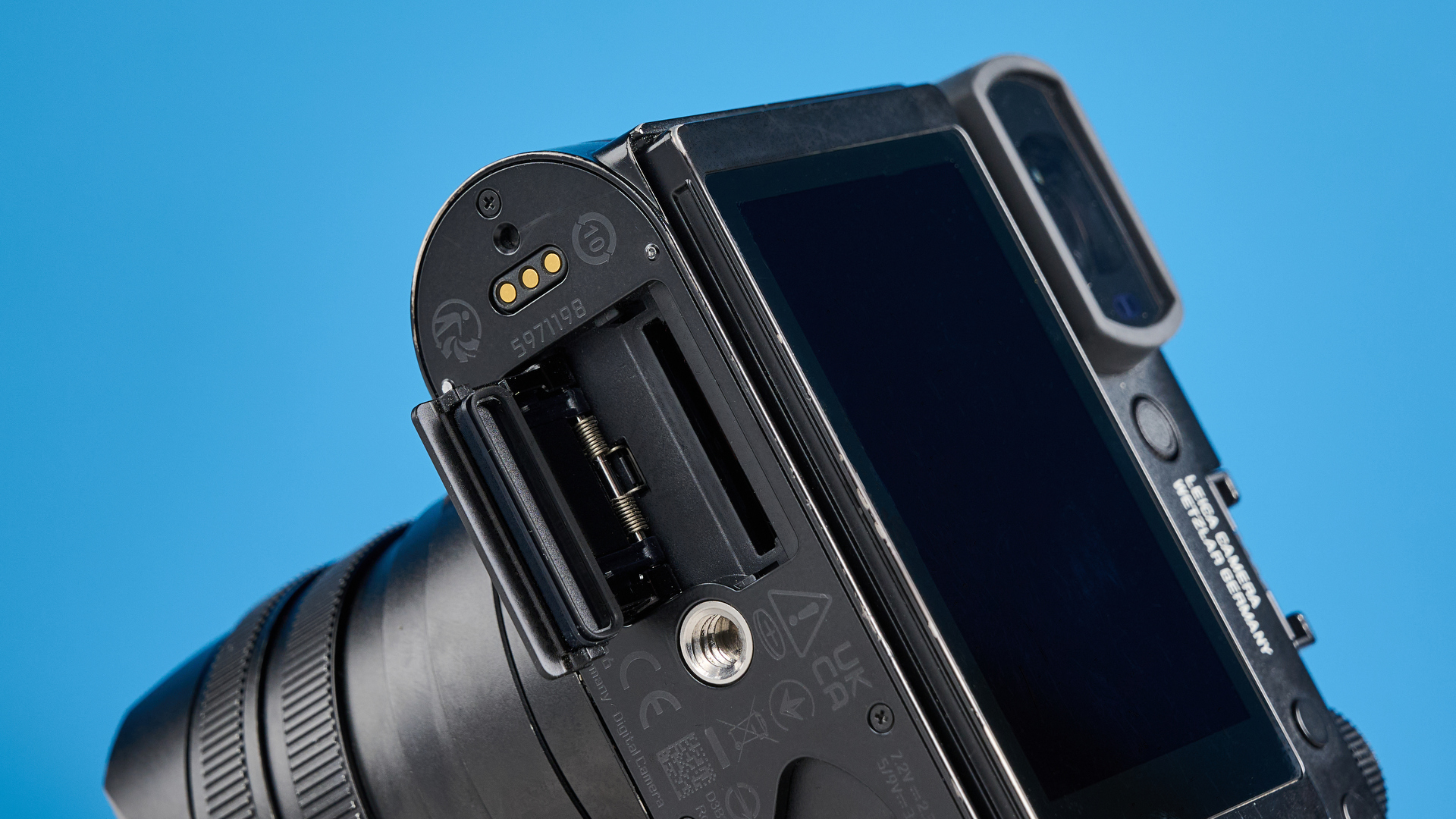
On the bottom plate, you’ll find a silver release lever which, on being pushed, releases the battery pack. Also located on the bottom plate is the memory card compartment, and the Q3 43 is compatible with one SD/SDHC/SDXC UHS-I/UHS-II card. There’s no support for CFExpress cards which may be an issue for those looking to shoot a lot of 8K video.
Monitor
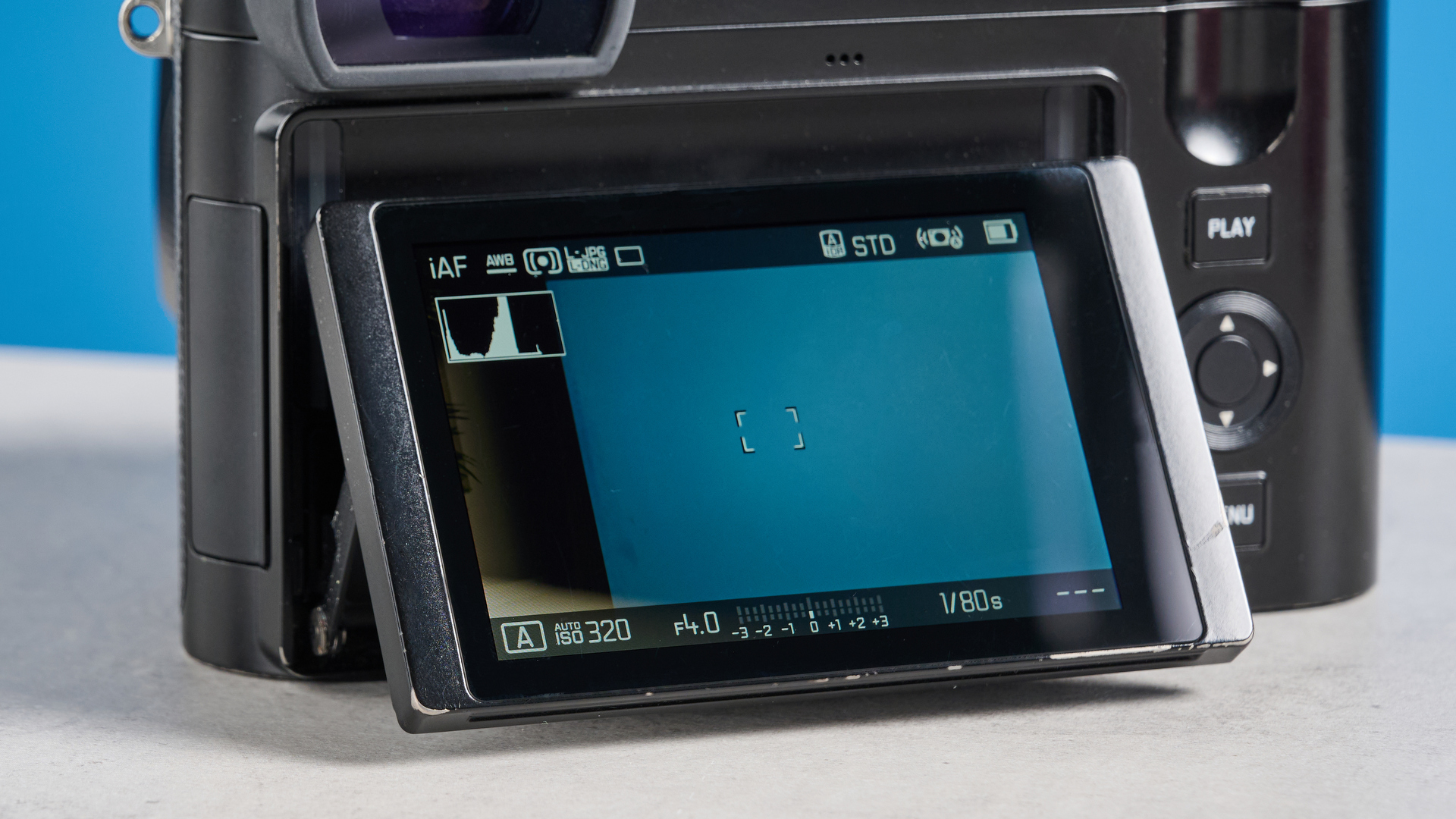
The Leica Q3 43 is fitted with a bright 3-inch TFT LCD touchscreen around the back. It has a resolution of approximately 1.84 million dots, and it falls just short of the Fujifilm GFX100RF’s which boasts 2.1 million dots though, but I still found it bright enough to read in direct sunlight and in the dark.
I found the touchscreen highly responsive in my testing, enabling me to quickly adjust settings and swap between Leica Looks, for instance. The monitor has a Tilt-Type mechanism so it can tilt only up and down and can’t be swung outwards, but it’s handy enough for shooting at waist-level or remaining discreet when shooting the streets or macro.
Viewfinder
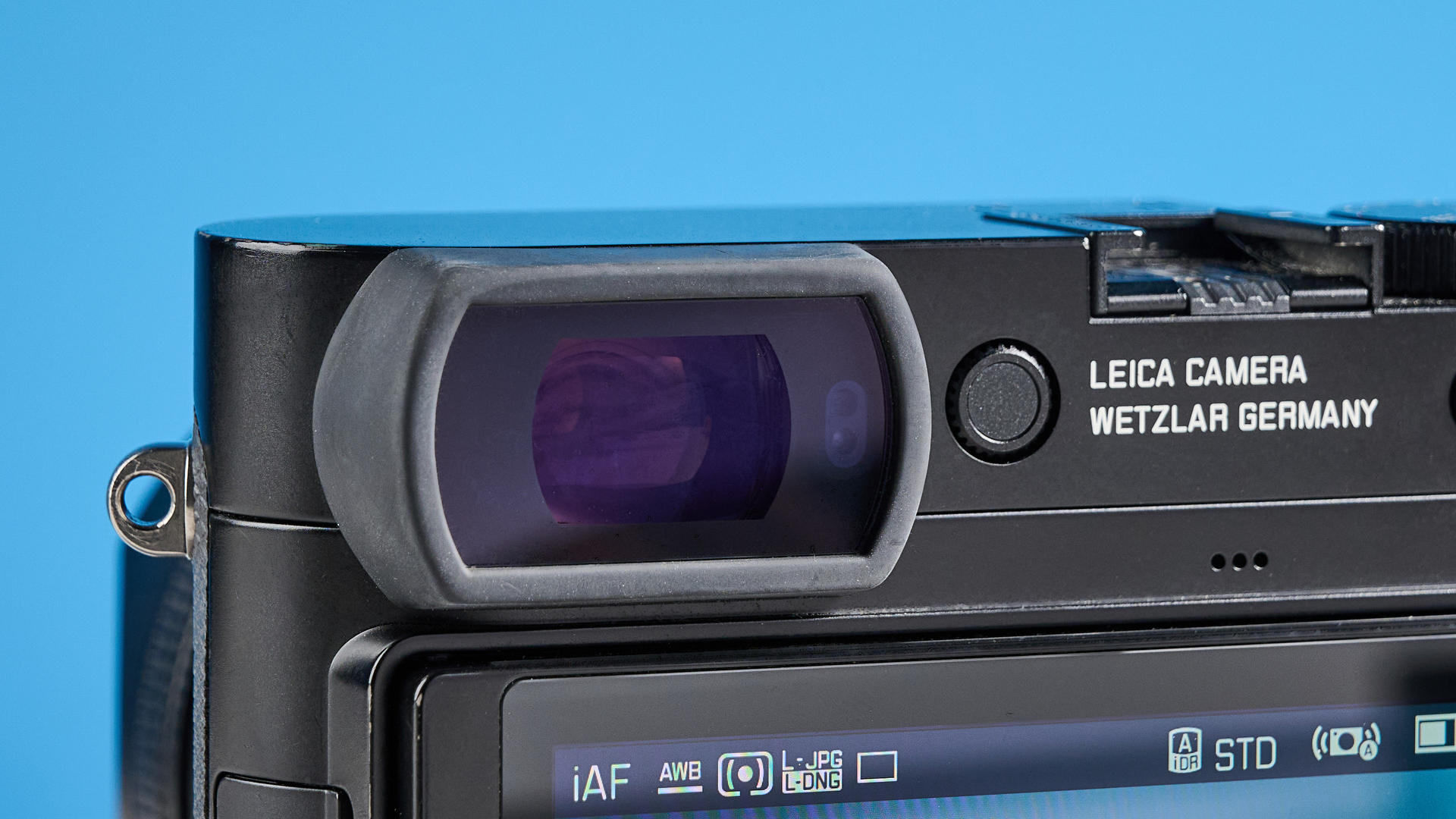
The Leica Q3 43 features an excellent, detailed OLED electronic viewfinder (EVF) with a resolution of approximately 5.76 million dots. It’s on a level playing field with the Fujifilm GFX100RF’s and the Hasselblad X2D 100C’s (both 5.76M dots).
You can choose between a 60fps or 120fps refresh rate, and while the latter will shorten battery life, it will relay smooth motion. The viewfinder also provides a depth-of-field preview as half-pressing the shutter button stops down the aperture. In my testing, the viewfinder was quick and reliable and never once let me down.
Weather-sealing
Unlike the Fujifilm X100VI, you don’t need to buy a weather-sealing kit for the Leica Q3 43 as the camera has an IP52 rating, This means its body prevents a significant amount of dust from entering, and it is also safe against water drips at a tilt. You should be able to use the camera while it’s drizzling but as always, err on the side of caution.
Leica Q3 43 review: Controls
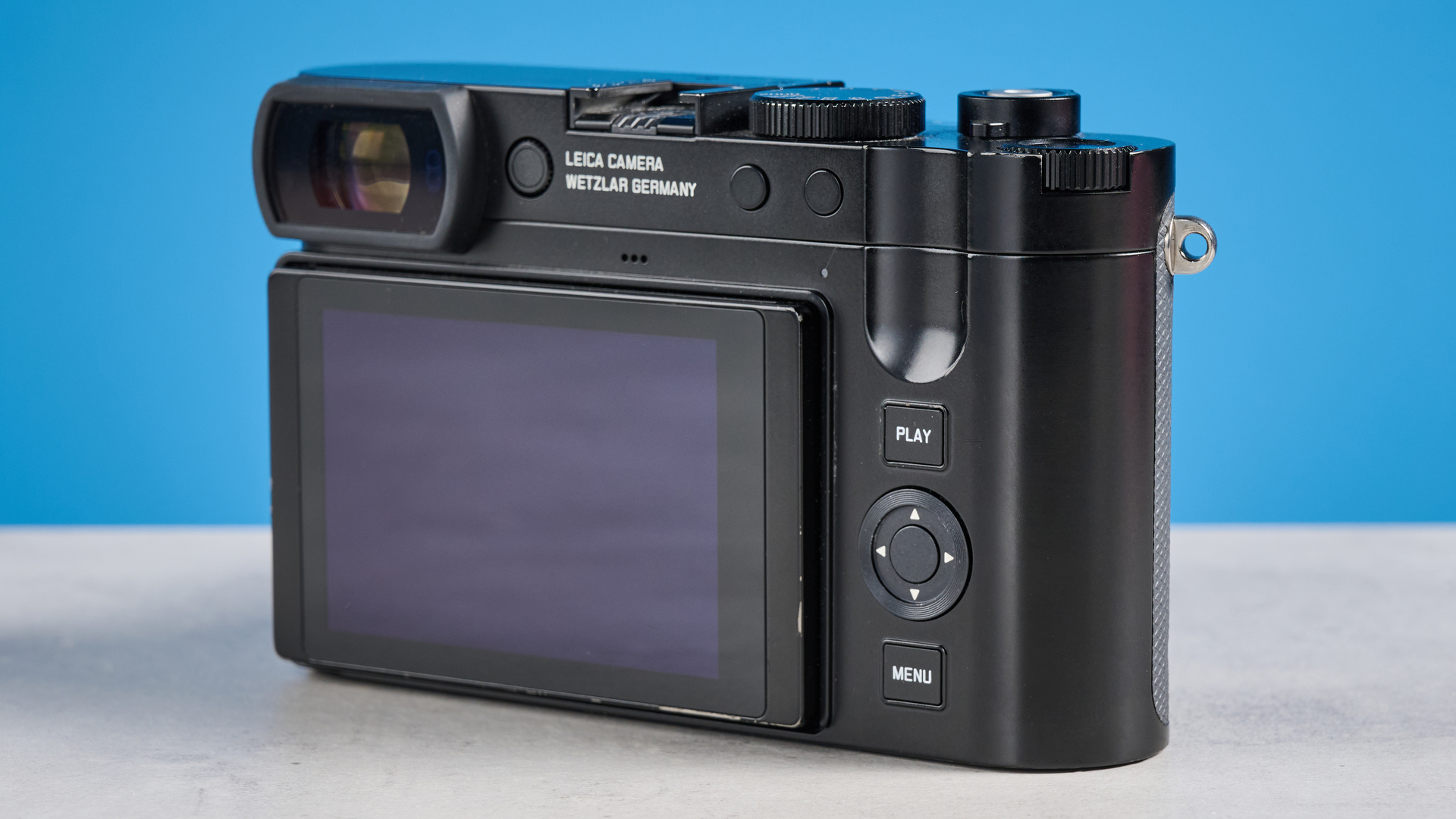
Keeping in line with Leica’s ethos of simplicity and minimalism, the Leica Q3 43’s control scheme is stripped back and very intuitive. The camera doesn’t host as many dials as most other cameras, and it didn’t take me long to get to grips with it. The buttons and dials are all within easy reach and customizing them is simple too — keep a button pressed down to change its function via on-screen instructions.
One of the Q3 43’s standout features is its digital crop button, located above the touchscreen. At first I thought it would be difficult to access while shooting through the viewfinder, but it was actually easy to do with my thumb — yes, even when my face was pushed against the back of the camera. This button enables you to apply five digital crops, alongside the standard 43mm: 60mm, 75mm, 90mm, 120mm and 150mm.
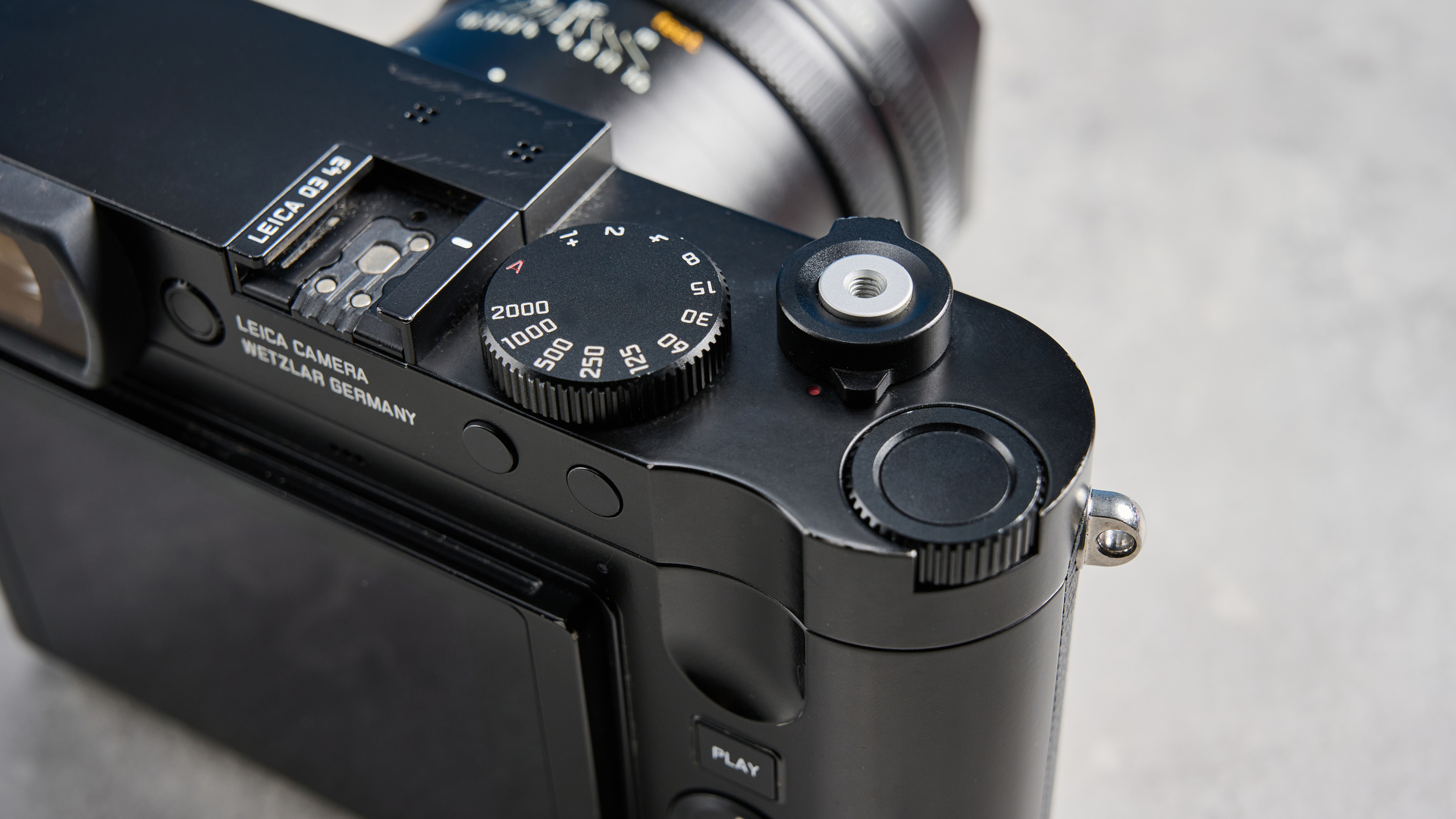
The camera crops into images to give effective focal lengths at the cost of some resolution, which is okay because you have 60MP at your disposal, allowing for extreme cropping. Sound familiar? That’s because a similar function exists on the Fujifilm GFX100RF! As I’d already tested the GFX100RF before the Q3 43, I was familiar with the real-world application of the digital crop button. I used it constantly to see, in real time, what an image would look like if I cropped into it, and it helped me frame my images better.
The other controls include traditional dials on the top plate for adjusting shutter speed, ISO and exposure, and the mode button which allows you to quickly swap between stills and video.
It’s important to note that there’s no joystick for changing focus points. Instead, you’ll need to use the D-pad. It isn’t as comfortable as a traditional joystick but it isn’t unusable either as it’s responsive and quick. If it gives you any comfort, the Hasselblad X2D 100C doesn’t have a joystick… or a D-pad, and you need to use the touchscreen for focusing, so at least Leica has implemented something to make focusing easier.
Leica Q3 43 review: Autofocus
At the time of writing, the Leica Q3 43 boasts the brand’s smartest, most advanced autofocus system. It uses a combination of phase and contrast detection as well as depth mapping to accurately lock onto humans and animals/birds. As with other cameras, you can choose between Single AF, Continuous AF, Manual focus and Intelligent AF which automatically swaps between the first two.
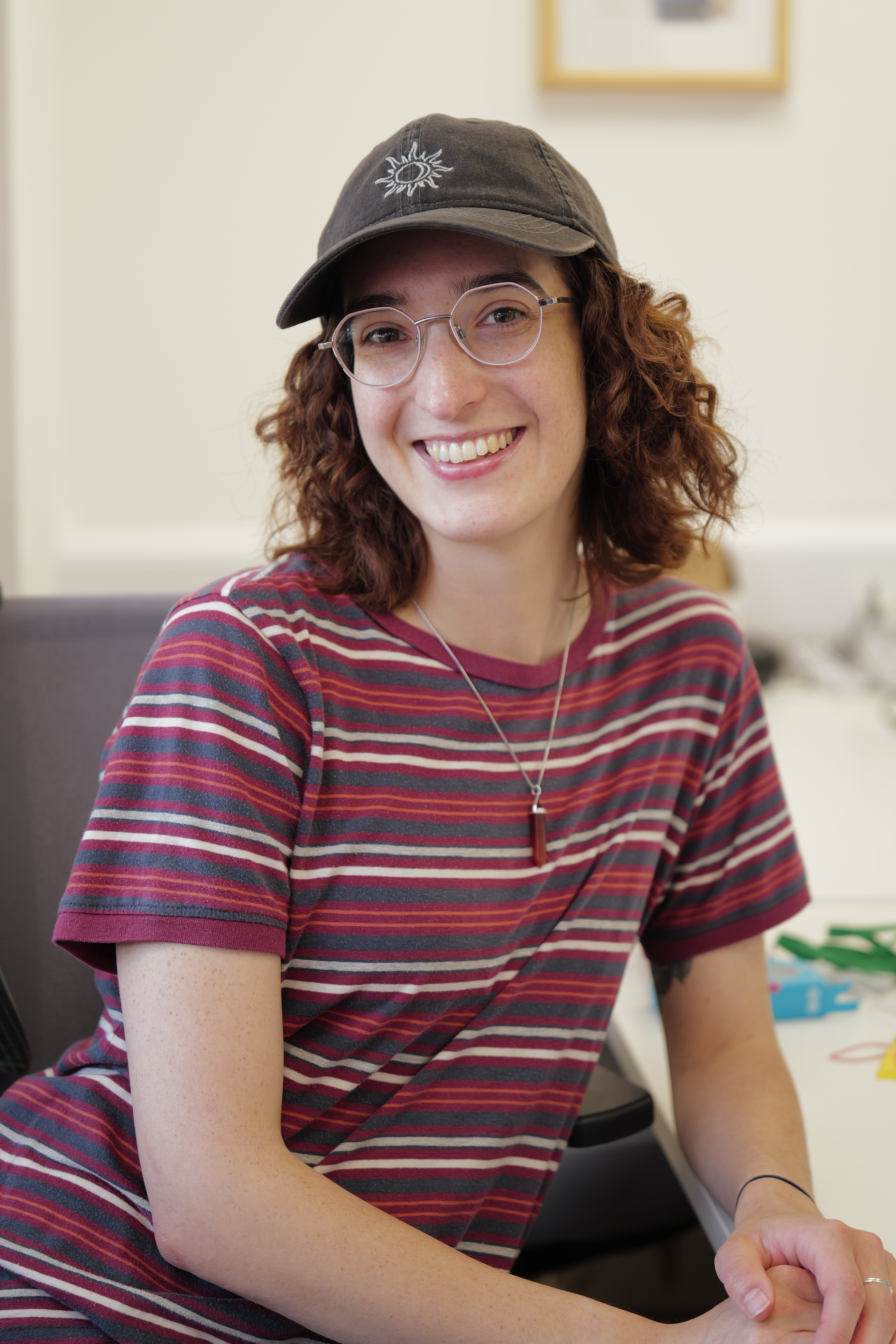
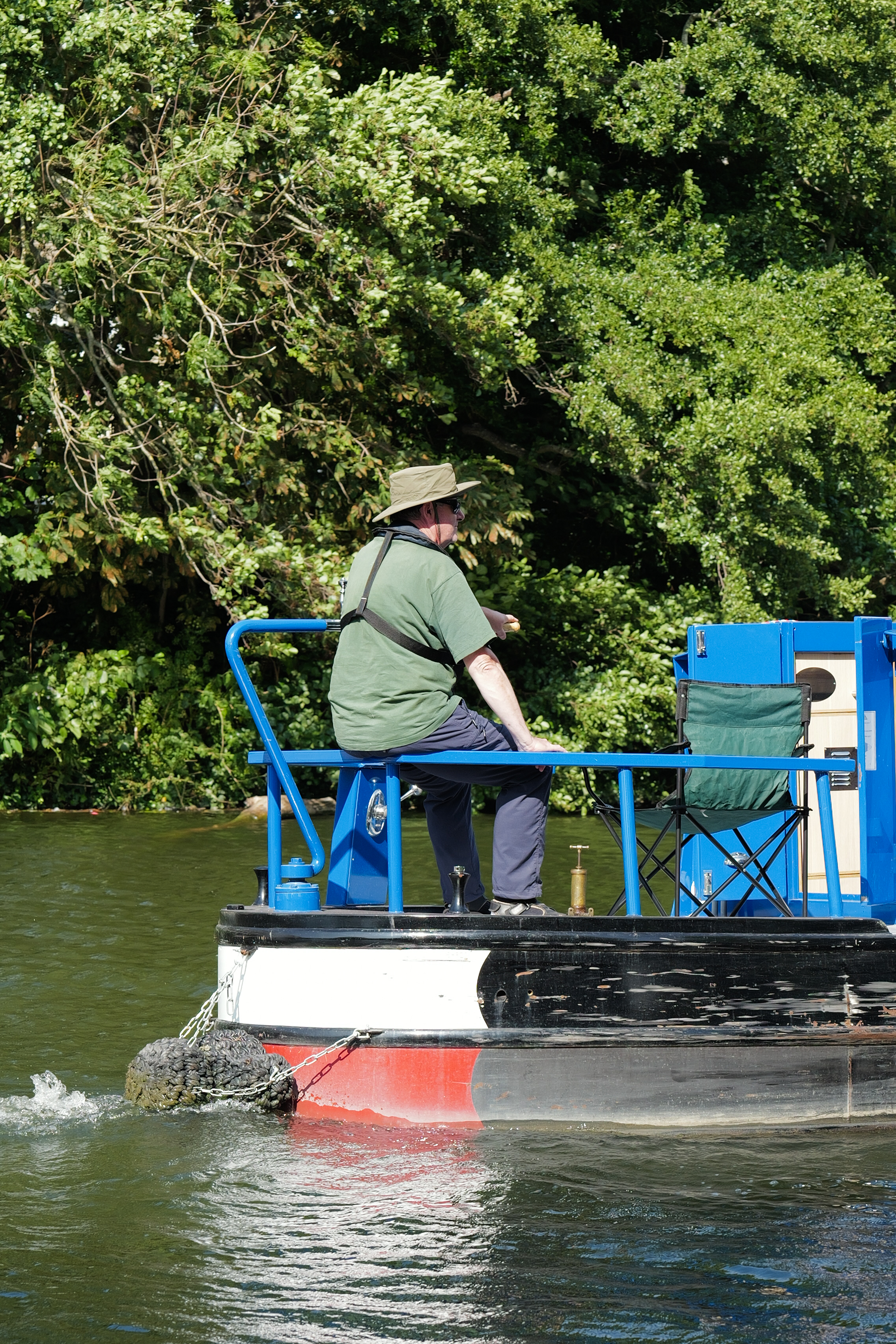
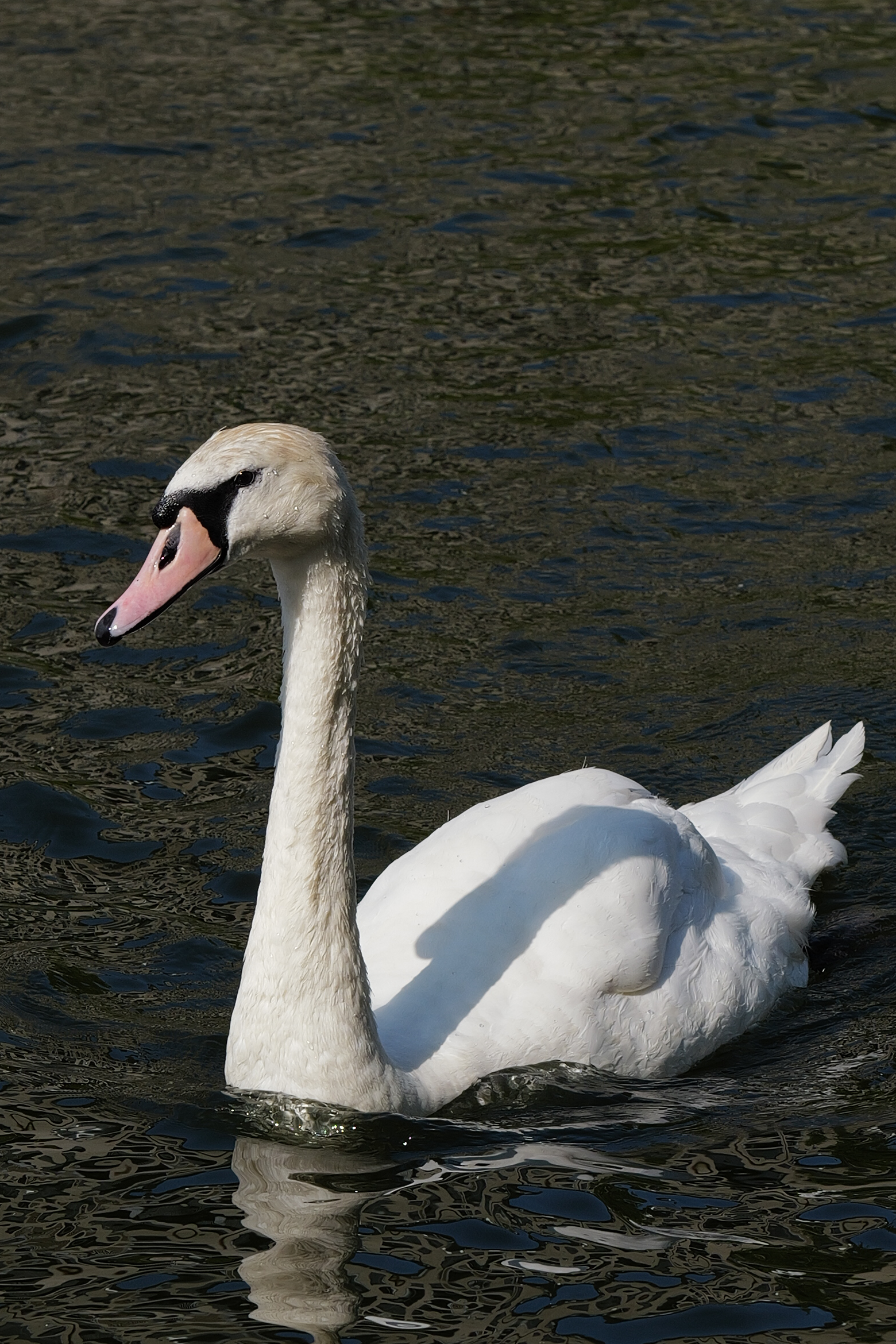
In my testing, the Q3 43 quickly focused on every subject I pointed at, as you can see in the gallery above. It locked onto my coworker’s face and I didn’t have to think much. Similarly, it locked onto the man’s body in the second shot, even though his face was turned away, and the swan in the third.
I also like that when there are multiple people in the frame, the camera will highlight the person it is focusing on with a yellow box and the others with white. You can then use the D-pad to swap between your primary subject — a great feature for street photography.
Where the Q3 43’s autofocus slightly struggles is in video. In the video above, it’s slow to focus on my face as I enter the frame. It’s not the slowest but not the fastest either, and I’d recommend the Sony A7CR’s AF system over the Q3 43’s, at least for video work.
Leica Q3 43 review: Stabilization
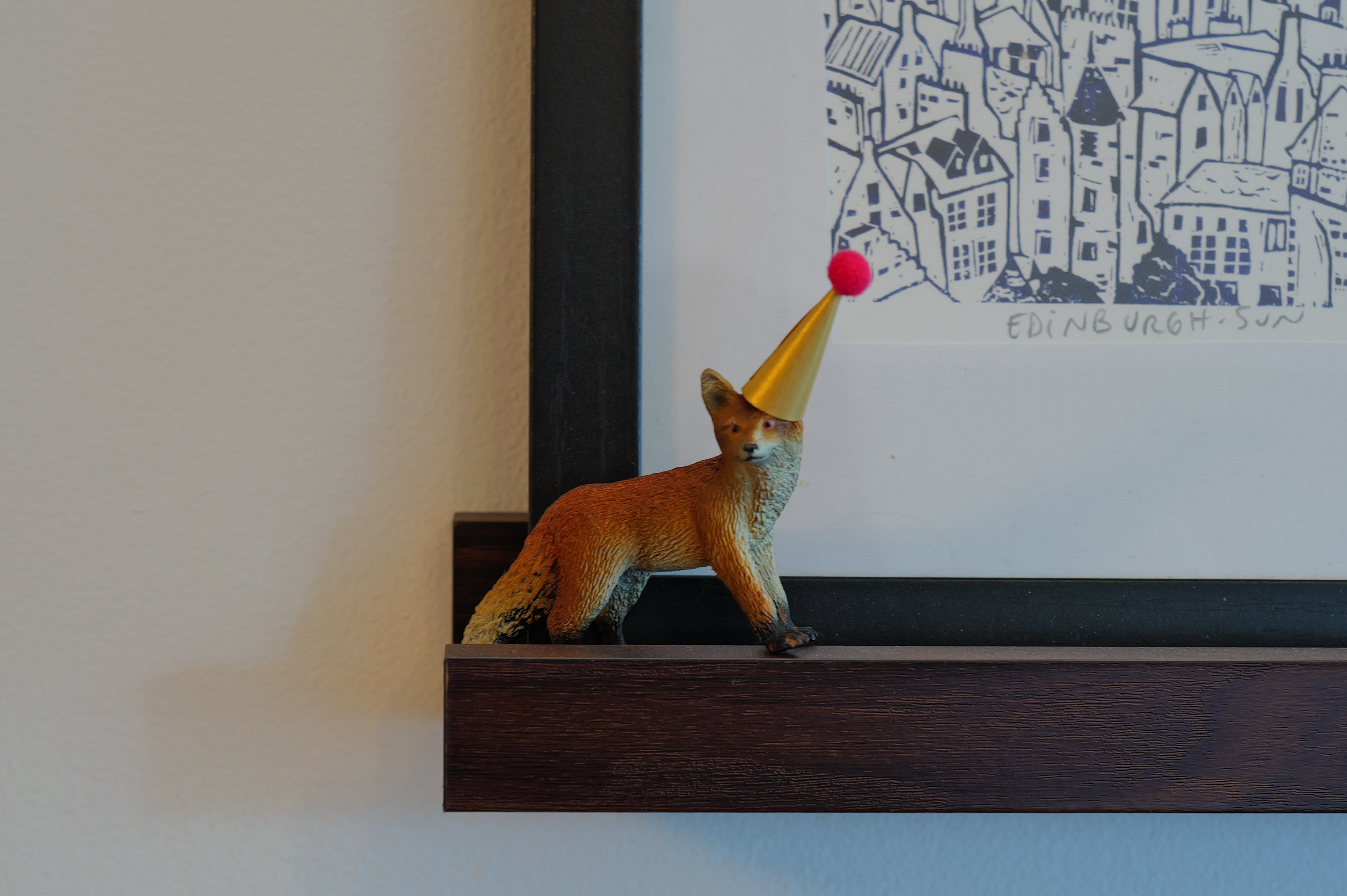
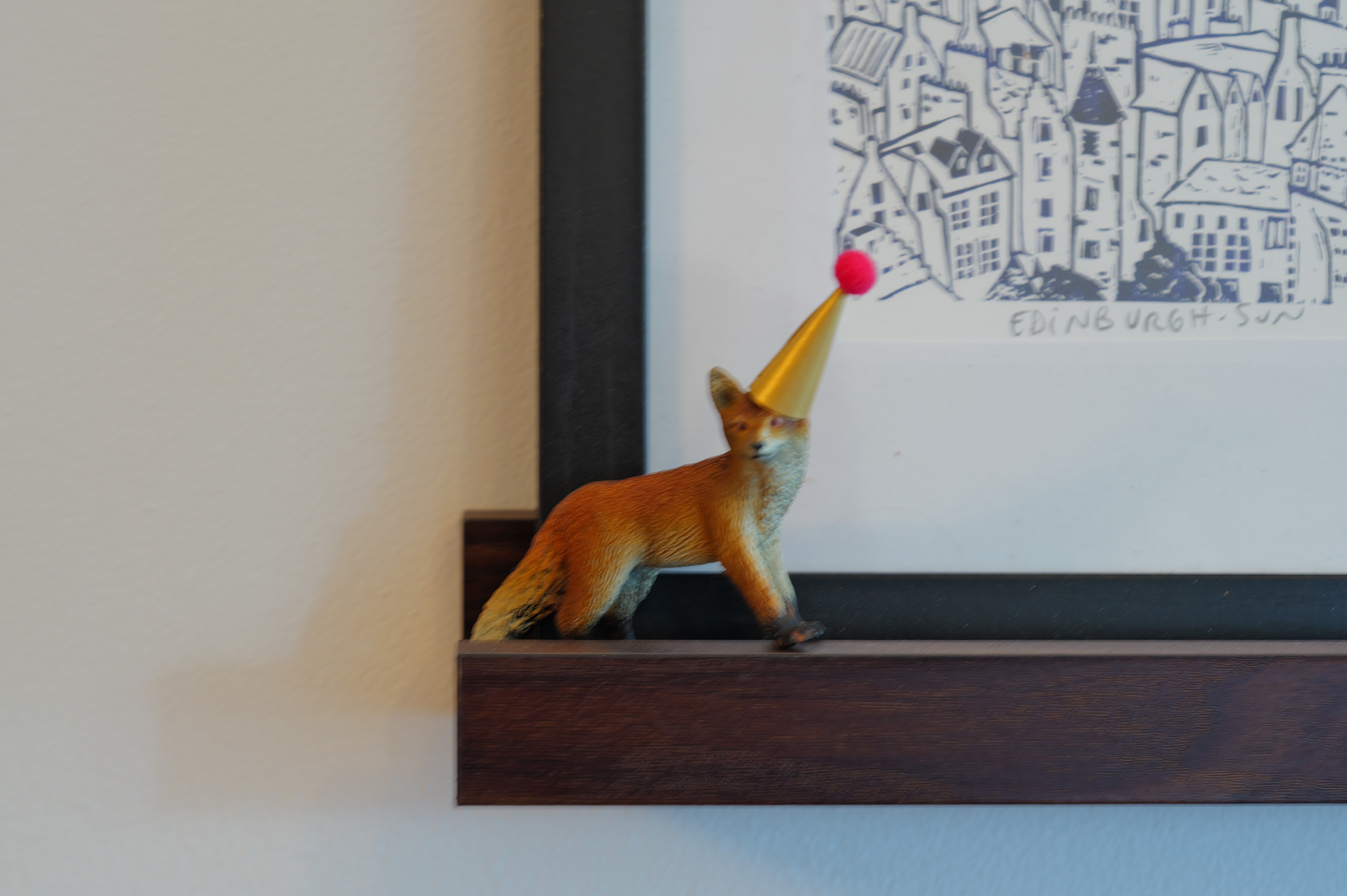
The Leica Q3 43 doesn’t feature in-body image stabilization (IBIS), which makes it difficult to shoot at very slow shutter speeds. I’d recommend using a tripod when shooting in low-light conditions or anywhere else that requires slow shutter speeds. Instead, the camera utilizes optical image stabilization which can be toggled on/off in the settings. The first photo in the gallery above was shot at 1/4s and that’s the slowest I could shoot handheld. Any slower than that and the result was blurry, impacted by camera shake, as you can see in the second slide.
Leica Q3 43 review: Image quality
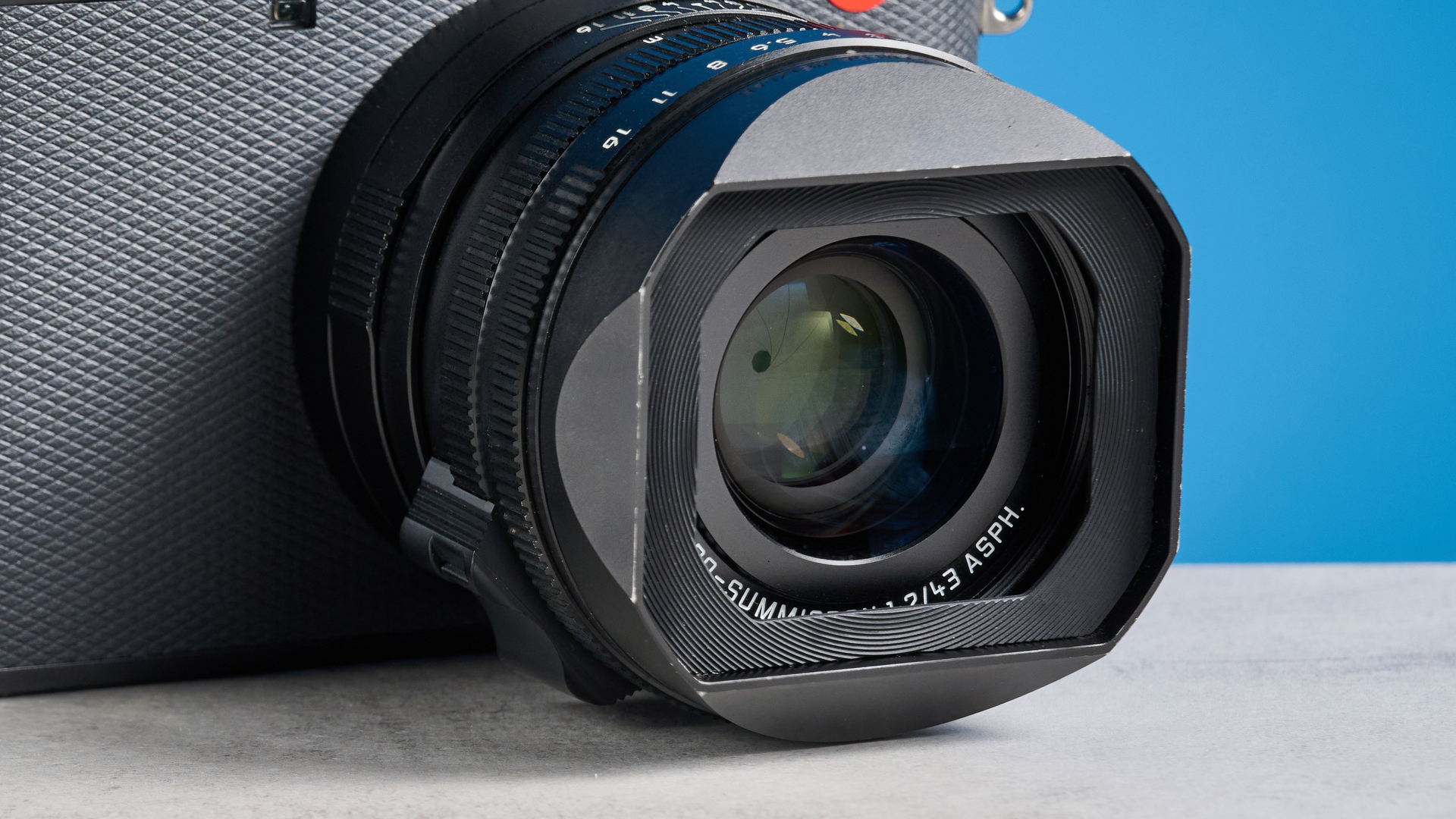
How would I describe the photos the Leica Q3 43 takes? Pin-sharp, gorgeously colored, extremely stunning. The camera is fitted with a 60.3MP CMOS sensor and Leica Maestro IV processor, both of which work together to deliver stupidly beautiful images.
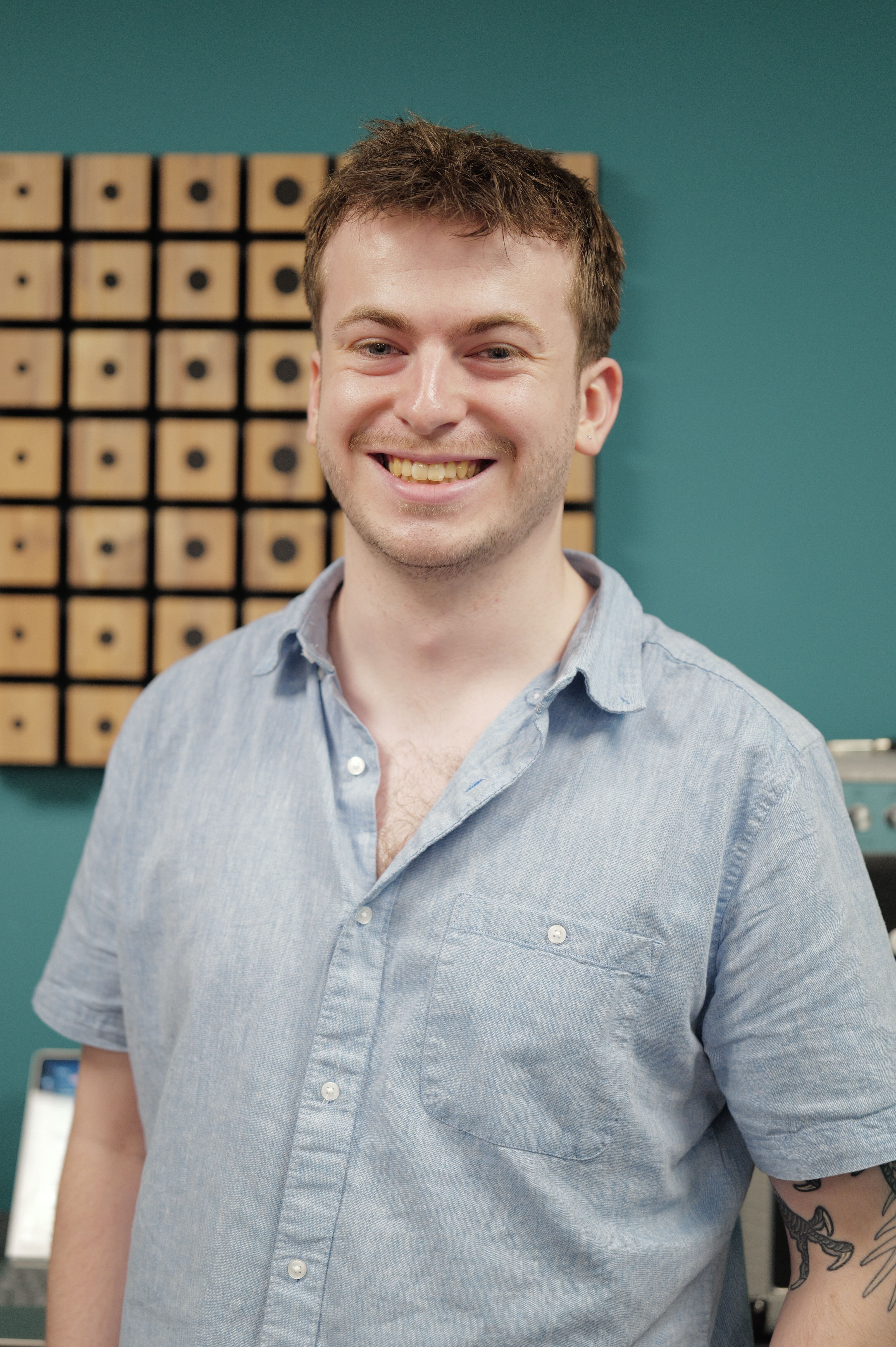
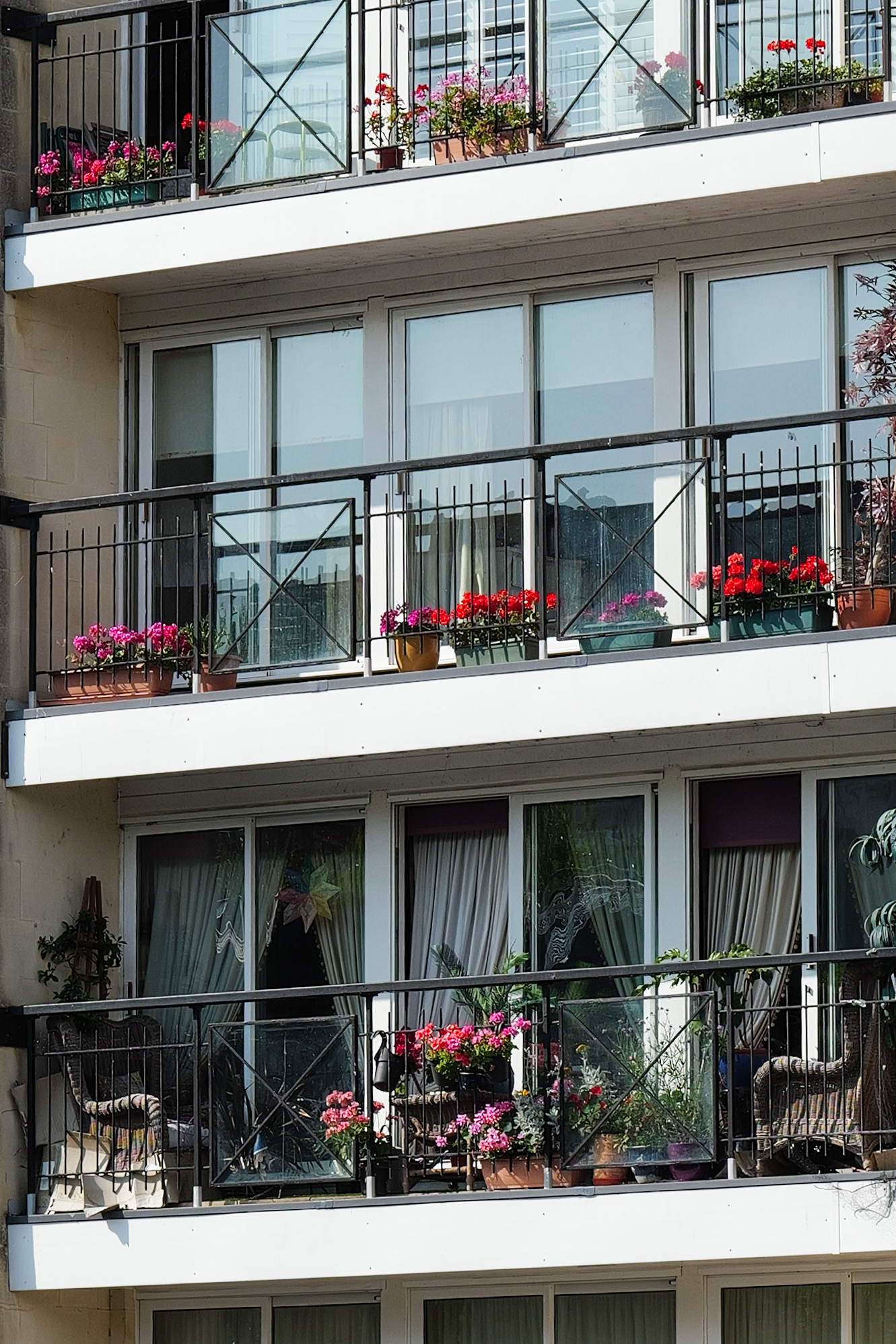
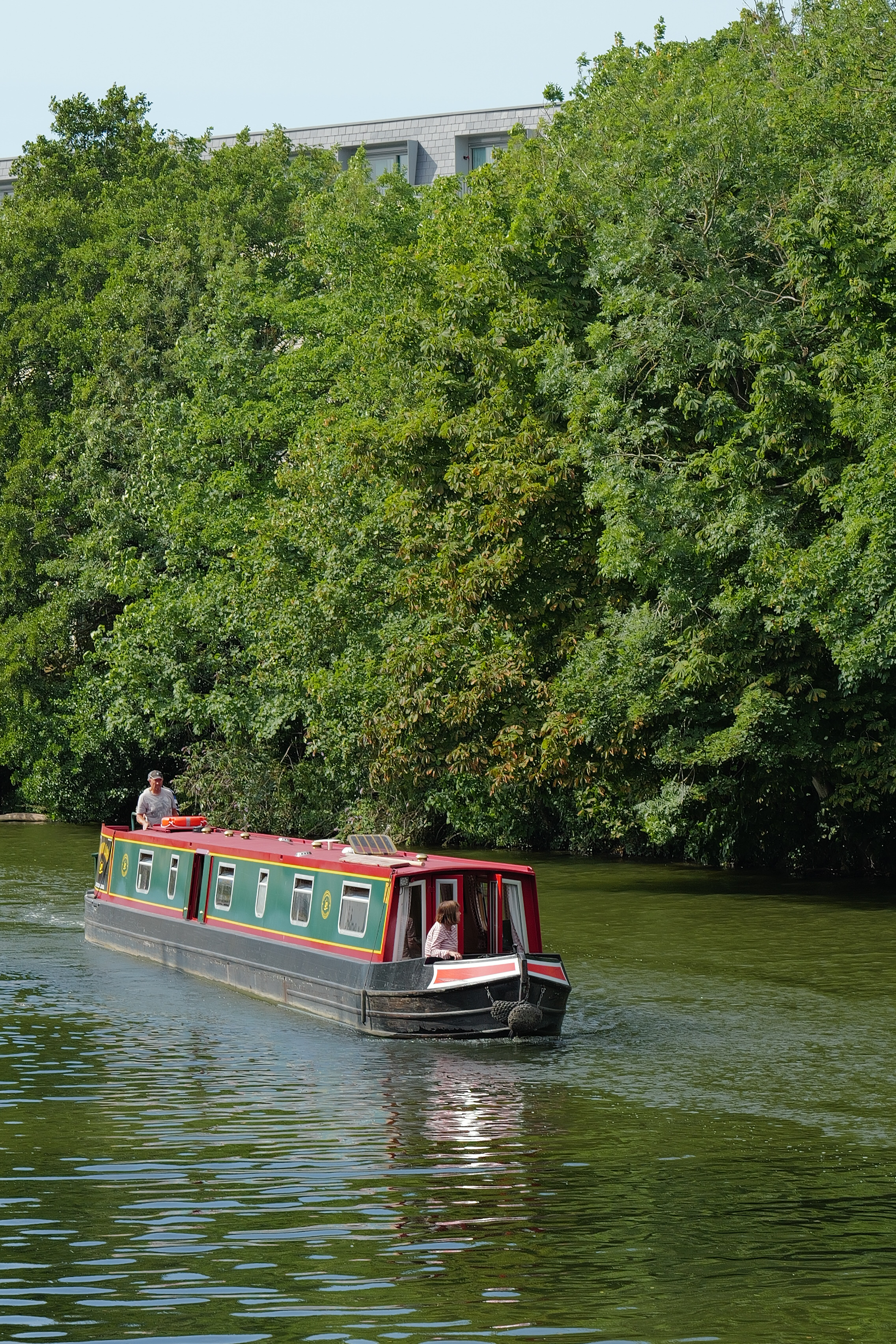
You can see a few sample shots in the gallery above. As I mentioned before, the Q3 43’s viewfinder shows an accurate depth-of-field preview which I utilized in the first shot, swapping between different aperture values to capture a lovely photo of one of my coworkers. This camera is great for taking candids of friends and family while on vacation.
In terms of shooting rates, the Q3 43 utilizes a 15fps electronic or 7fps mechanical shutter, which is more than enough for street, landscapes and travel photography. The electronic shutter has a maximum speed of 1s to 1/16000s while the mechanical shutter has speeds of 120s to 1/2000s.
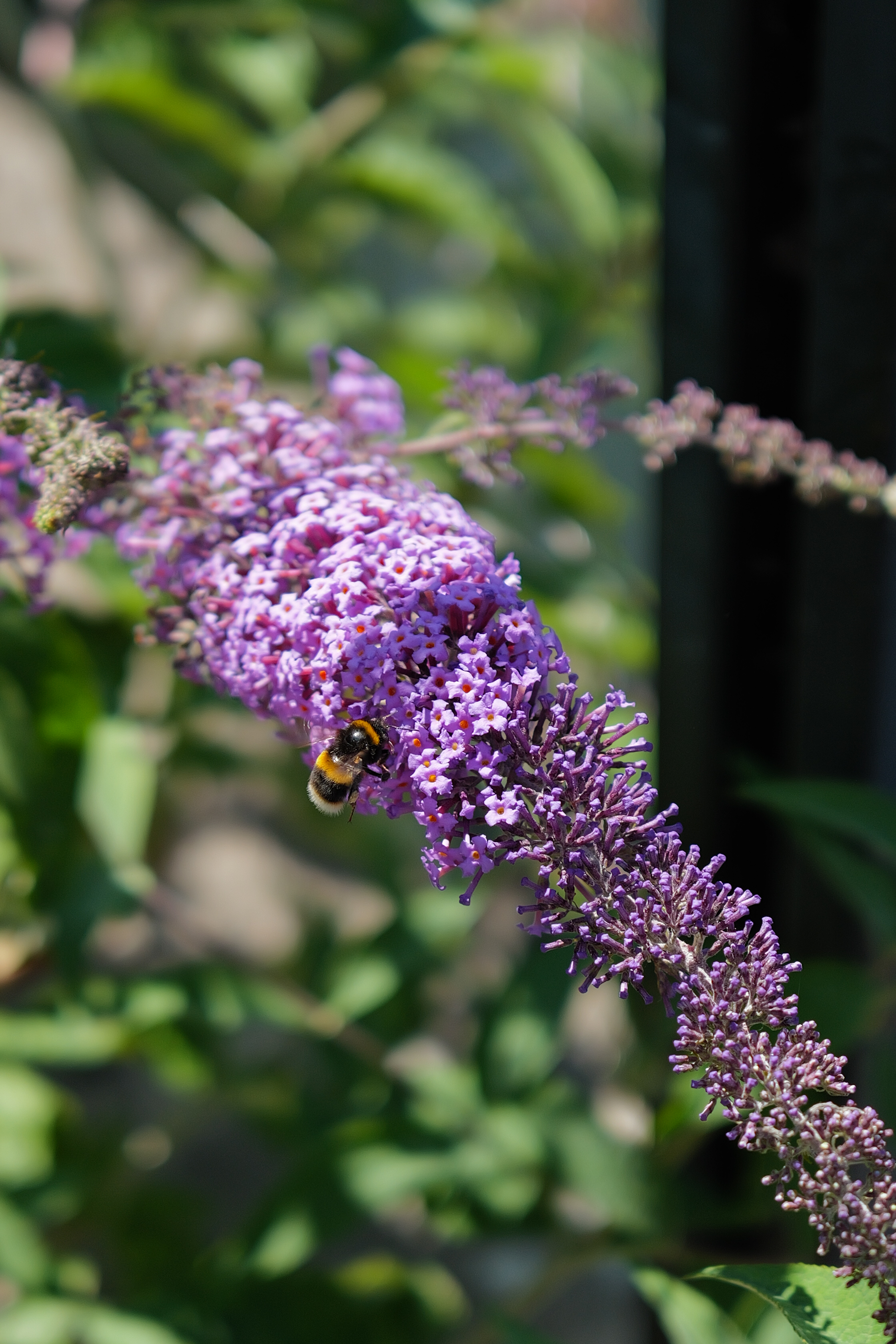
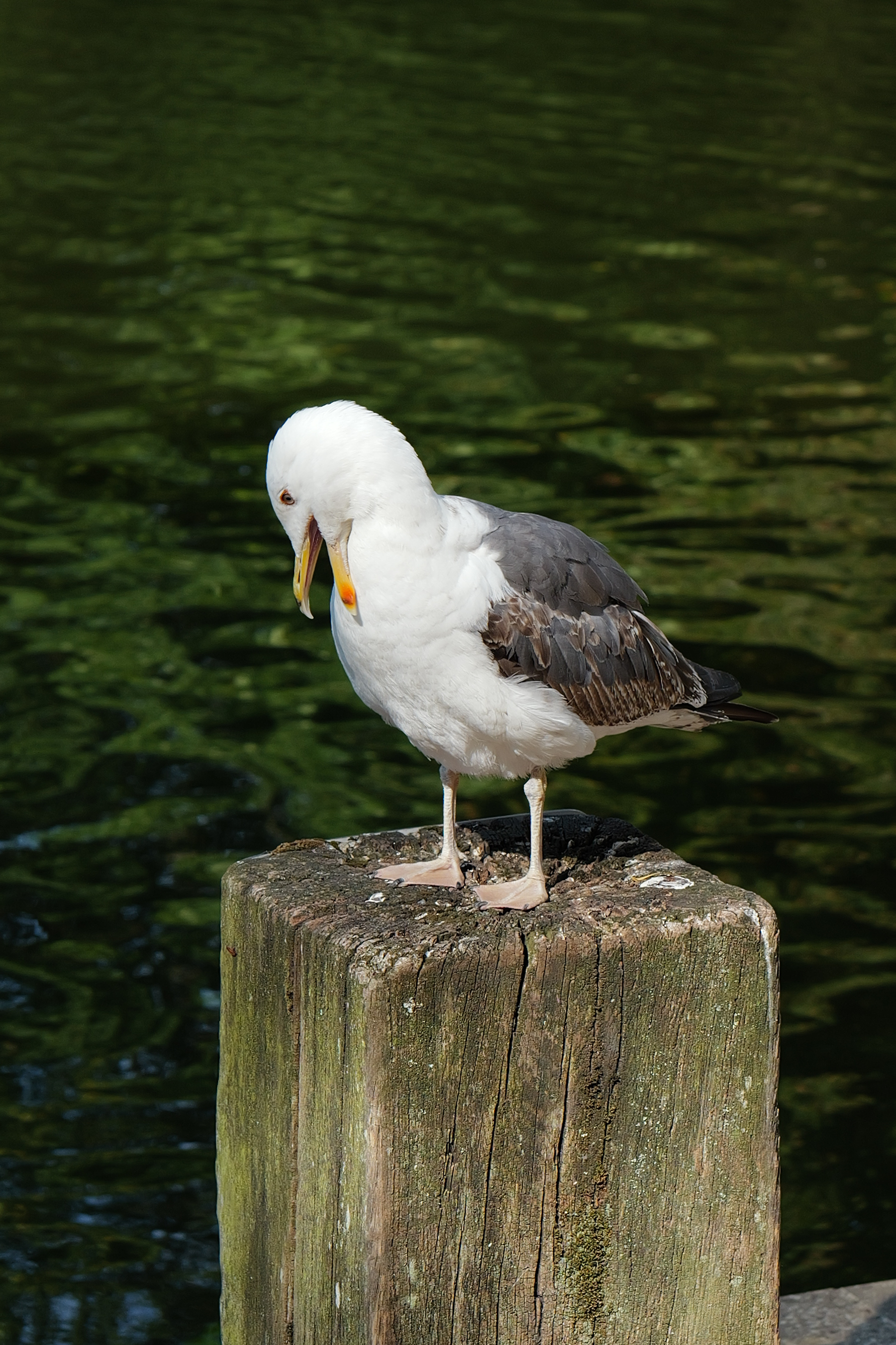
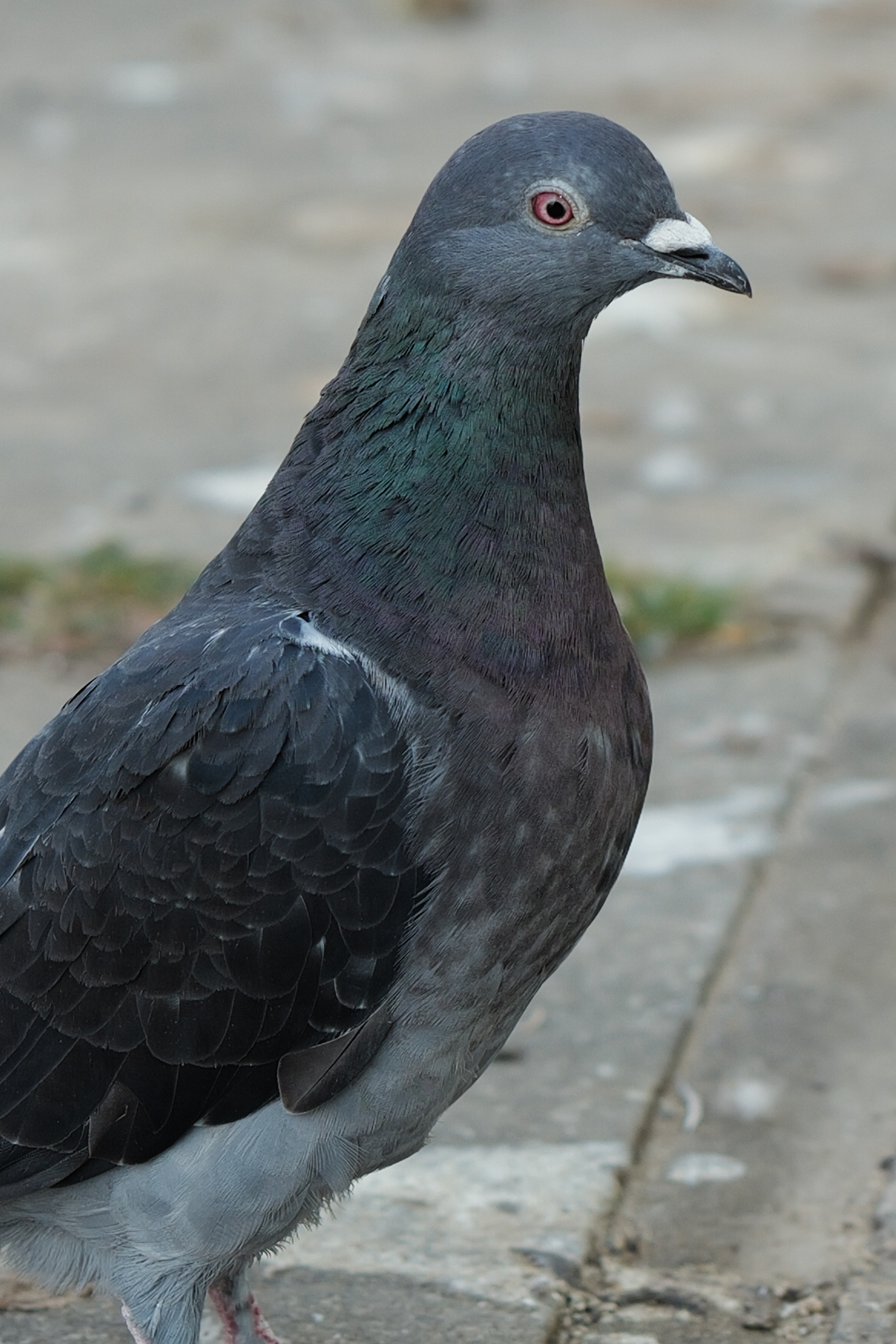
I had a lot of fun photographing birds with the Q3 43 too. I especially love the first photo of the bee collecting nectar and pollen from the purple flowers. It’s sharp and the colors have been faithfully reproduced.
I also shot this with the 120mm digital crop. Good news is that, if you’re shooting in both JPEG and DNG, the camera will save an uncropped DNG version if you aren’t happy with the straight-out-of-camera JPEG.
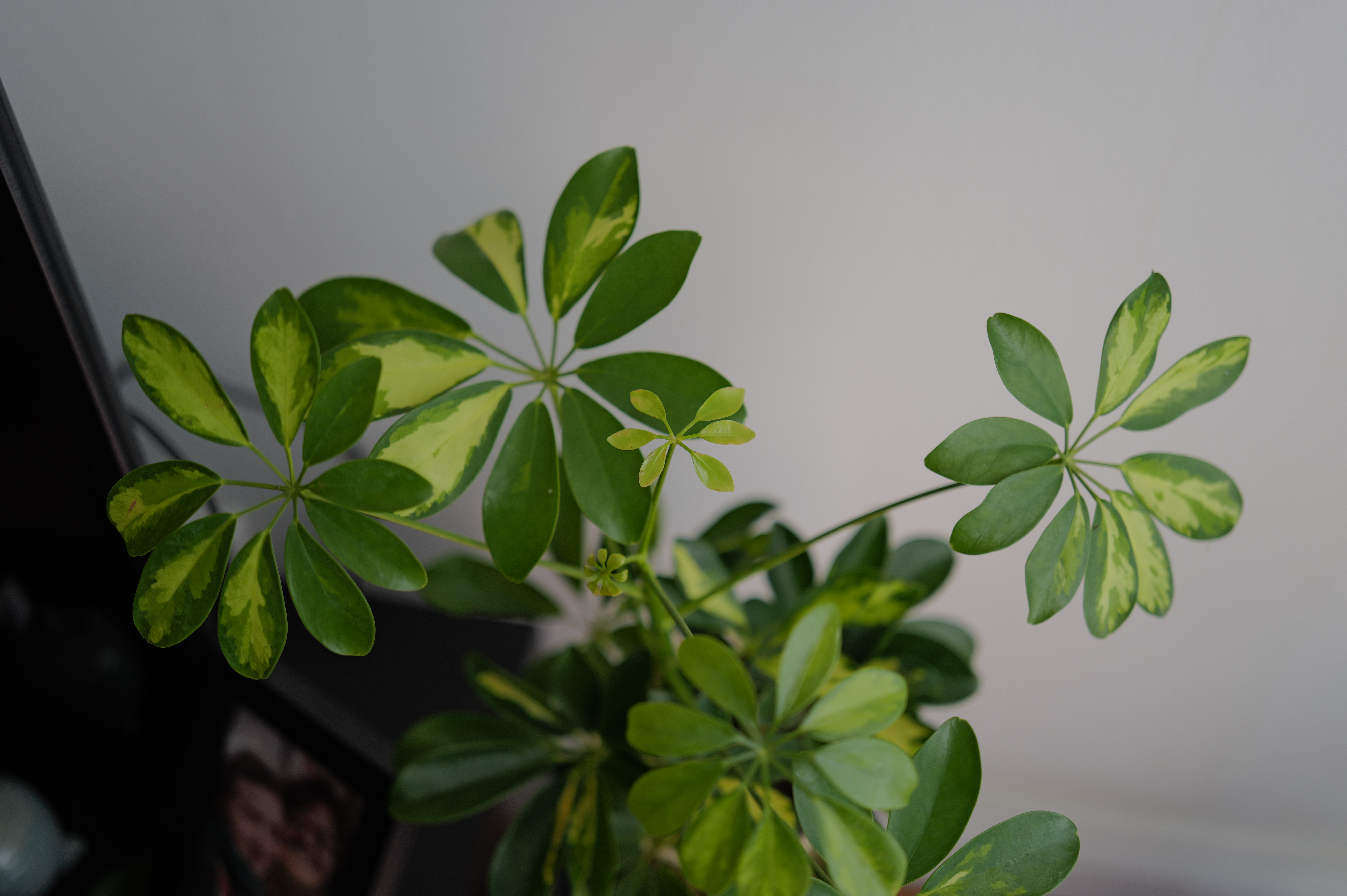
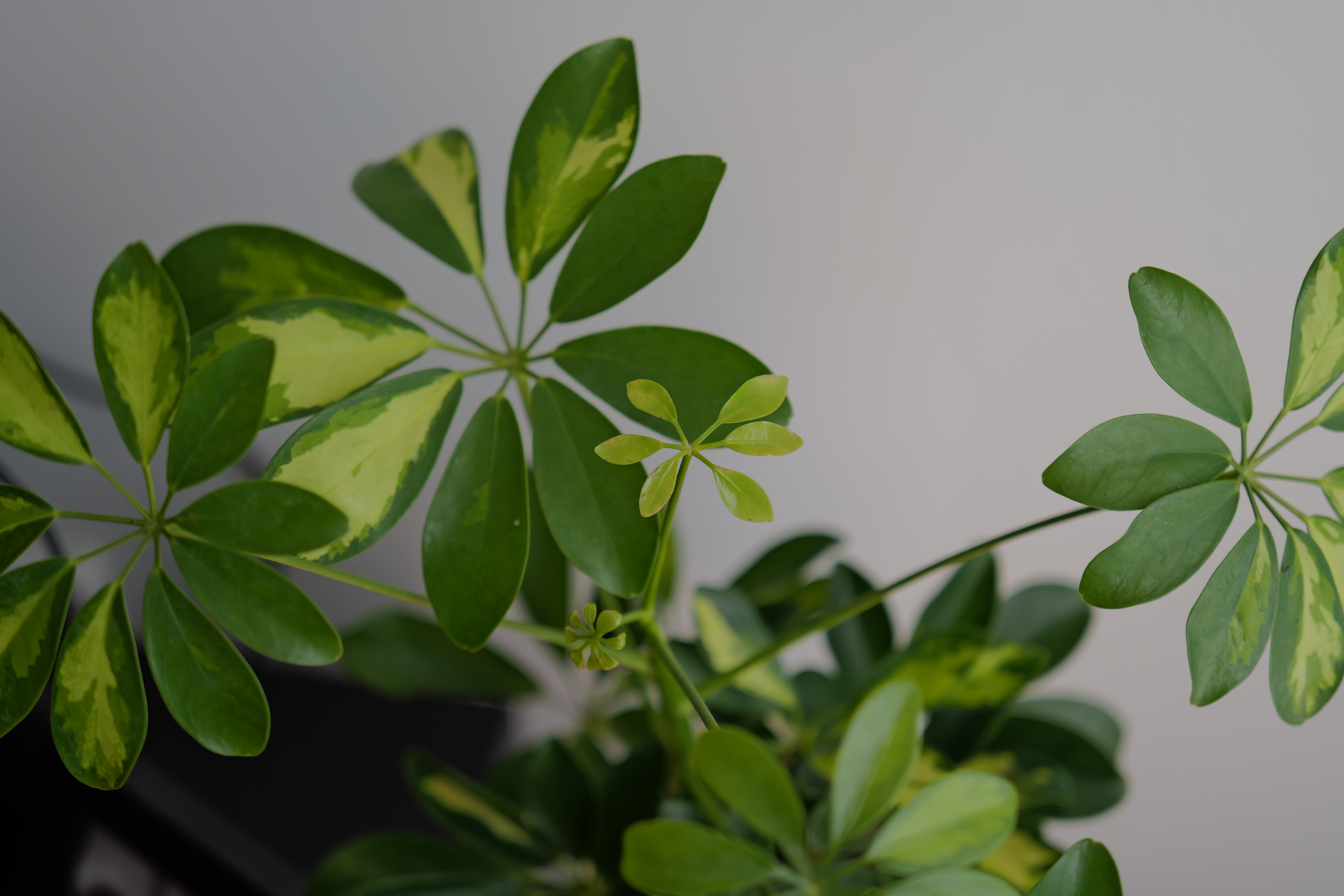
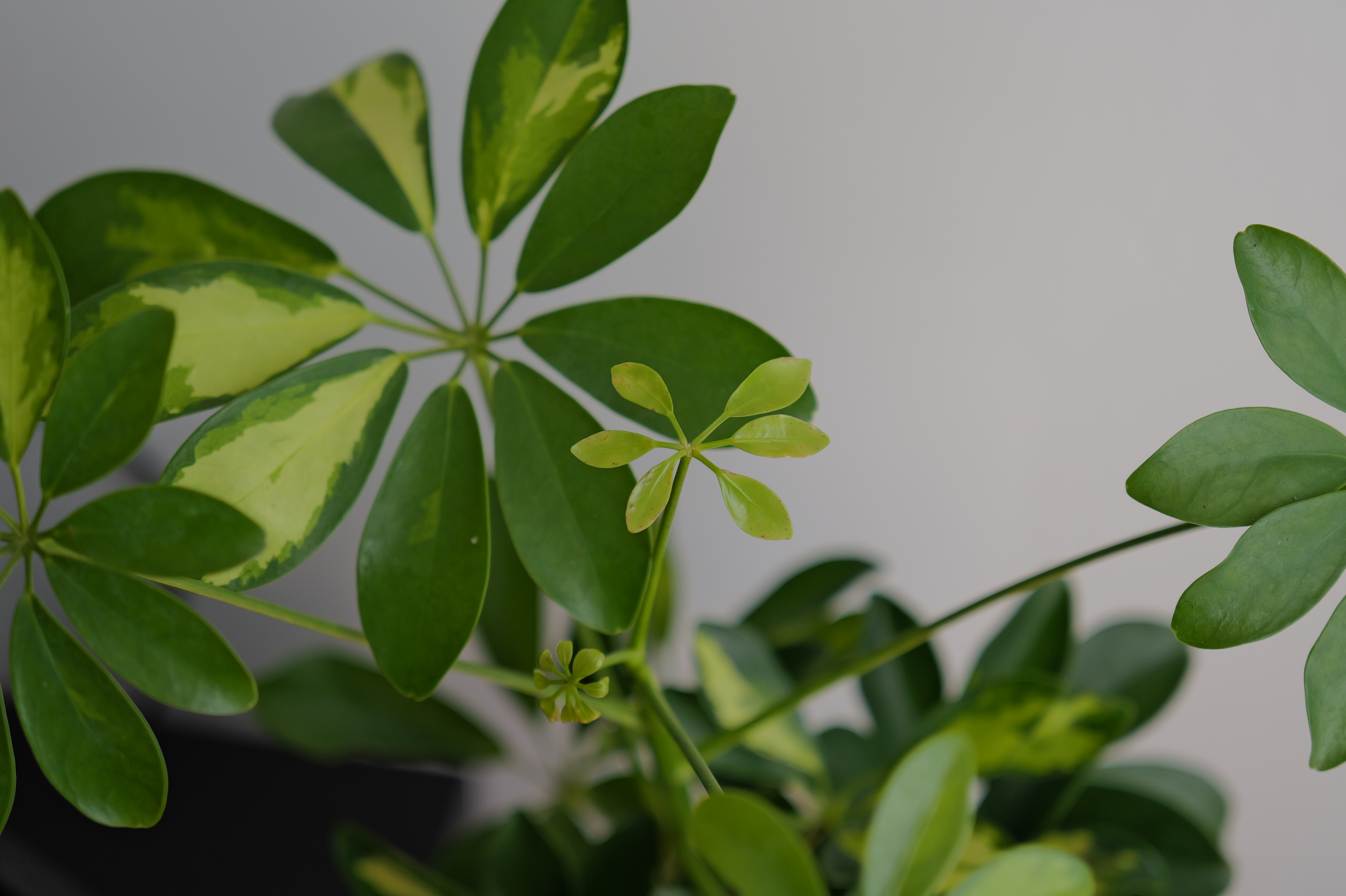
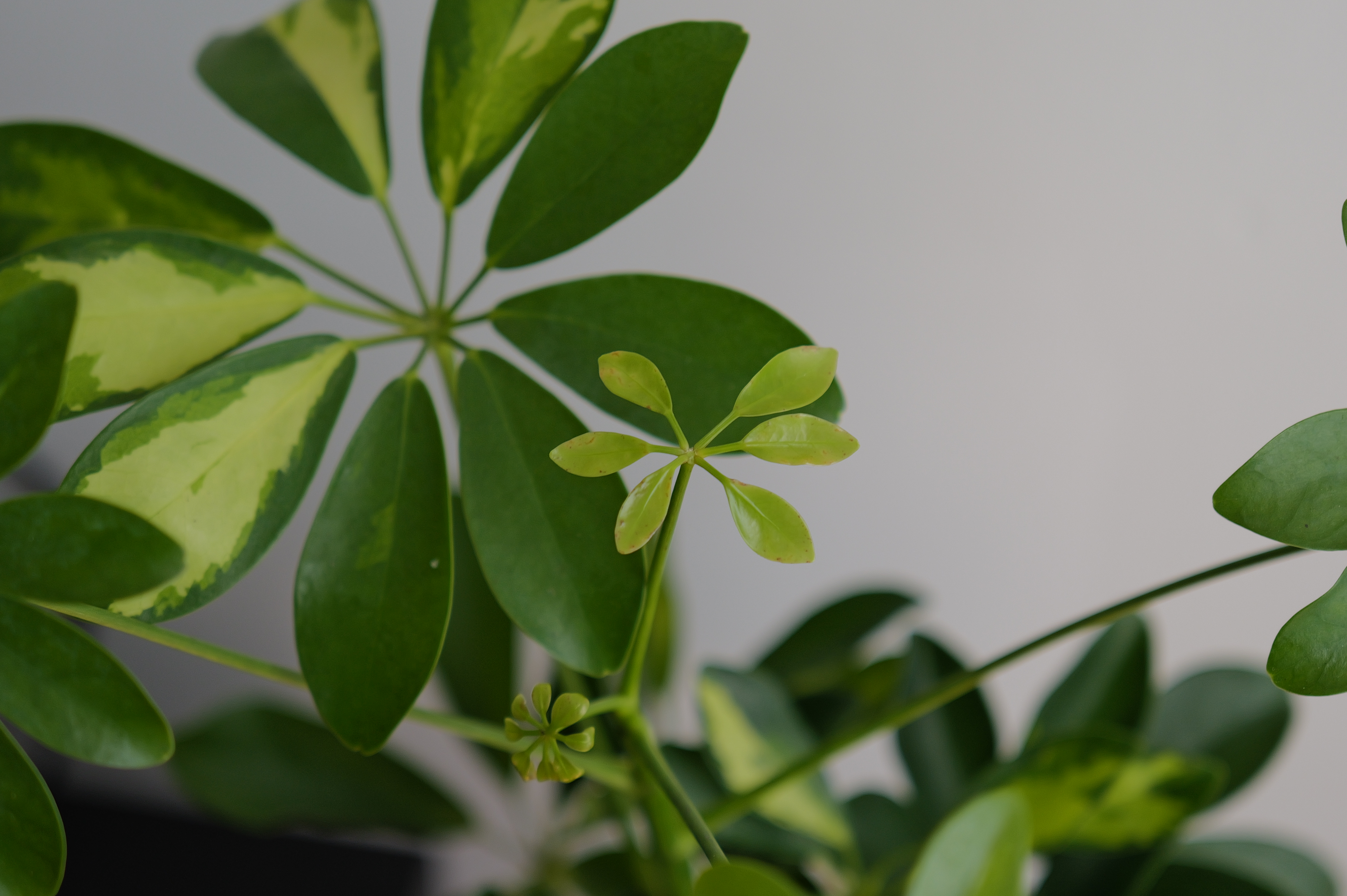
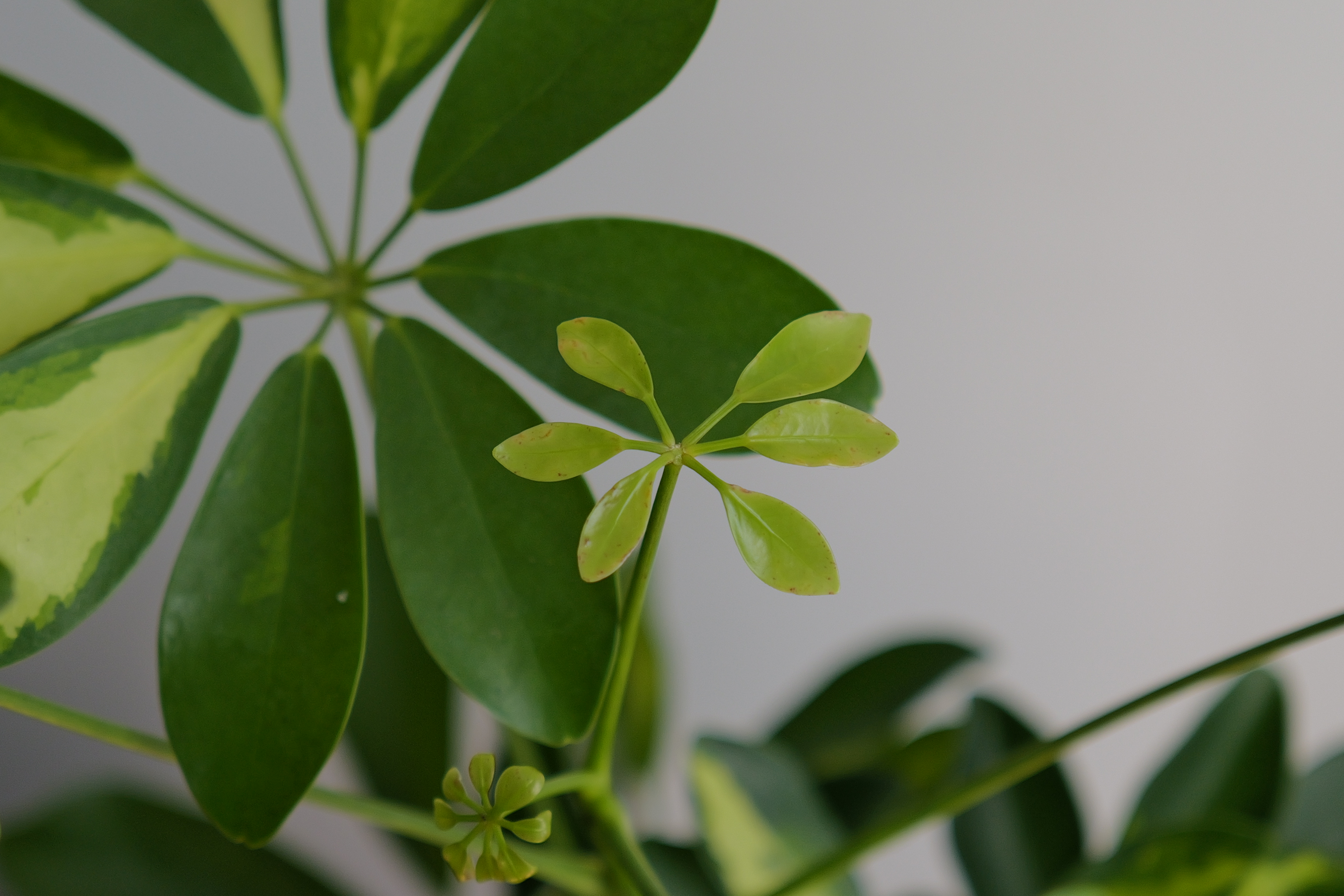
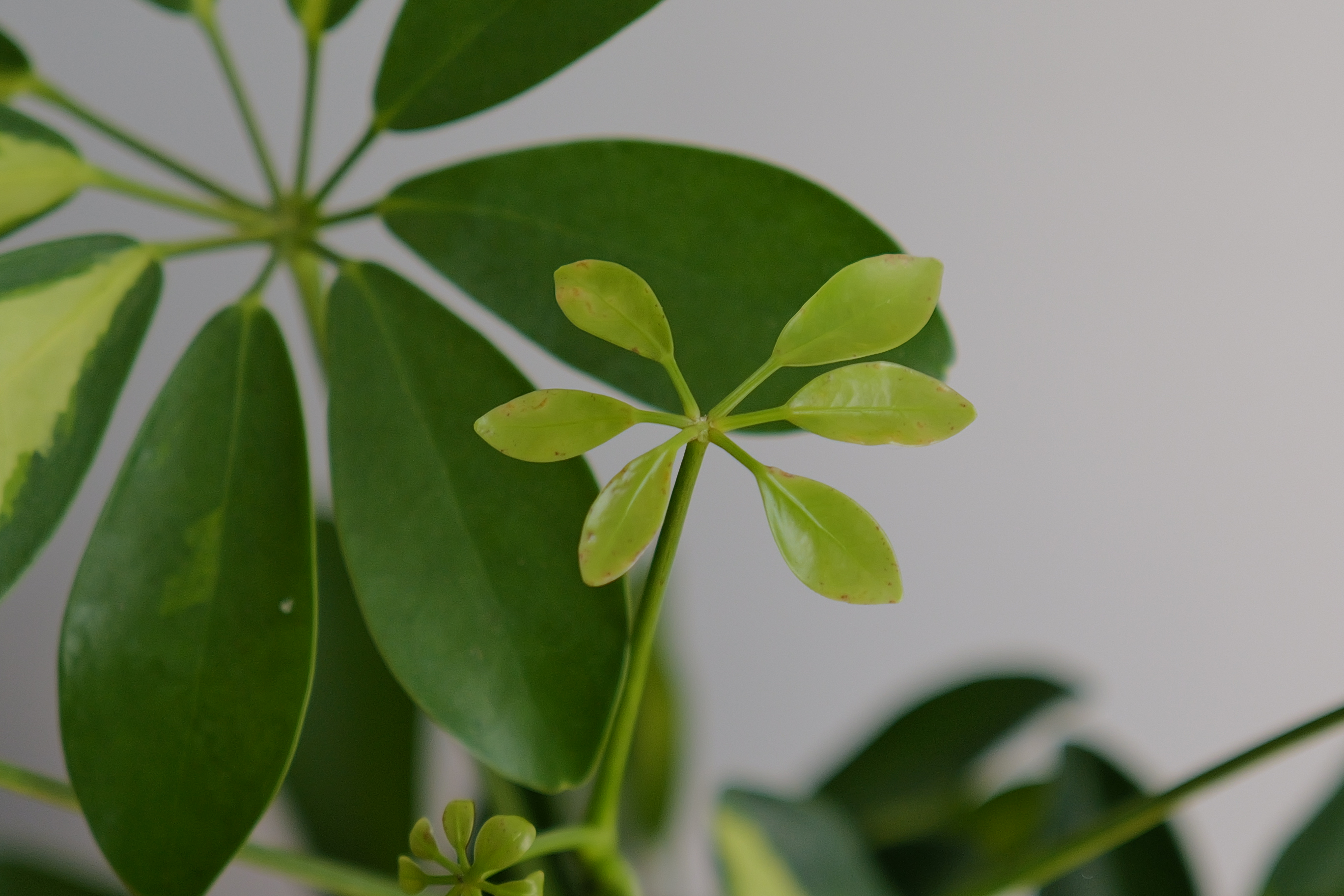
What about the other digital crops? You can see how the images look with each digital crop in the gallery above. Even at 150mm, you can clearly see the sunburnt spots on the leaves.
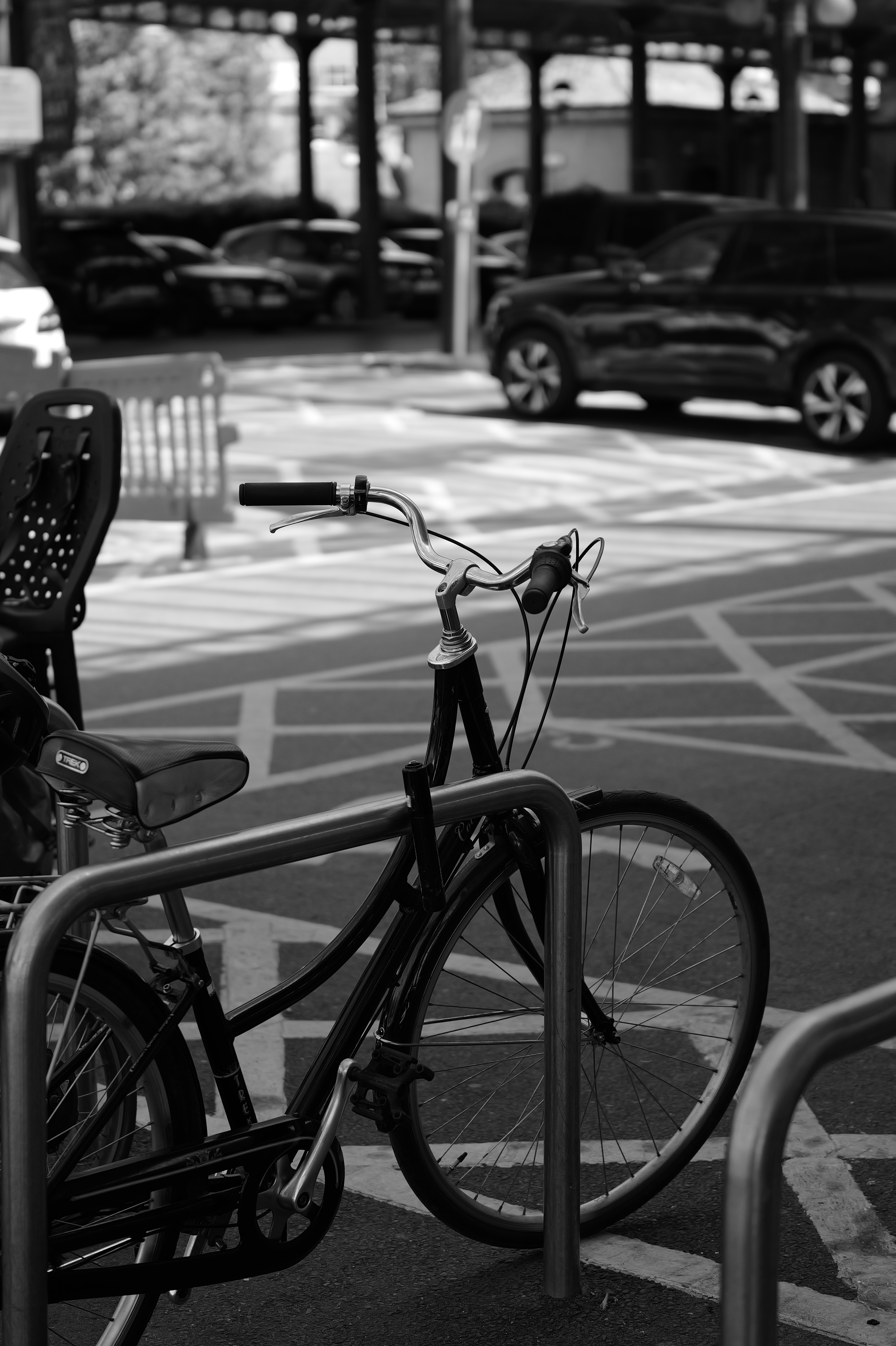
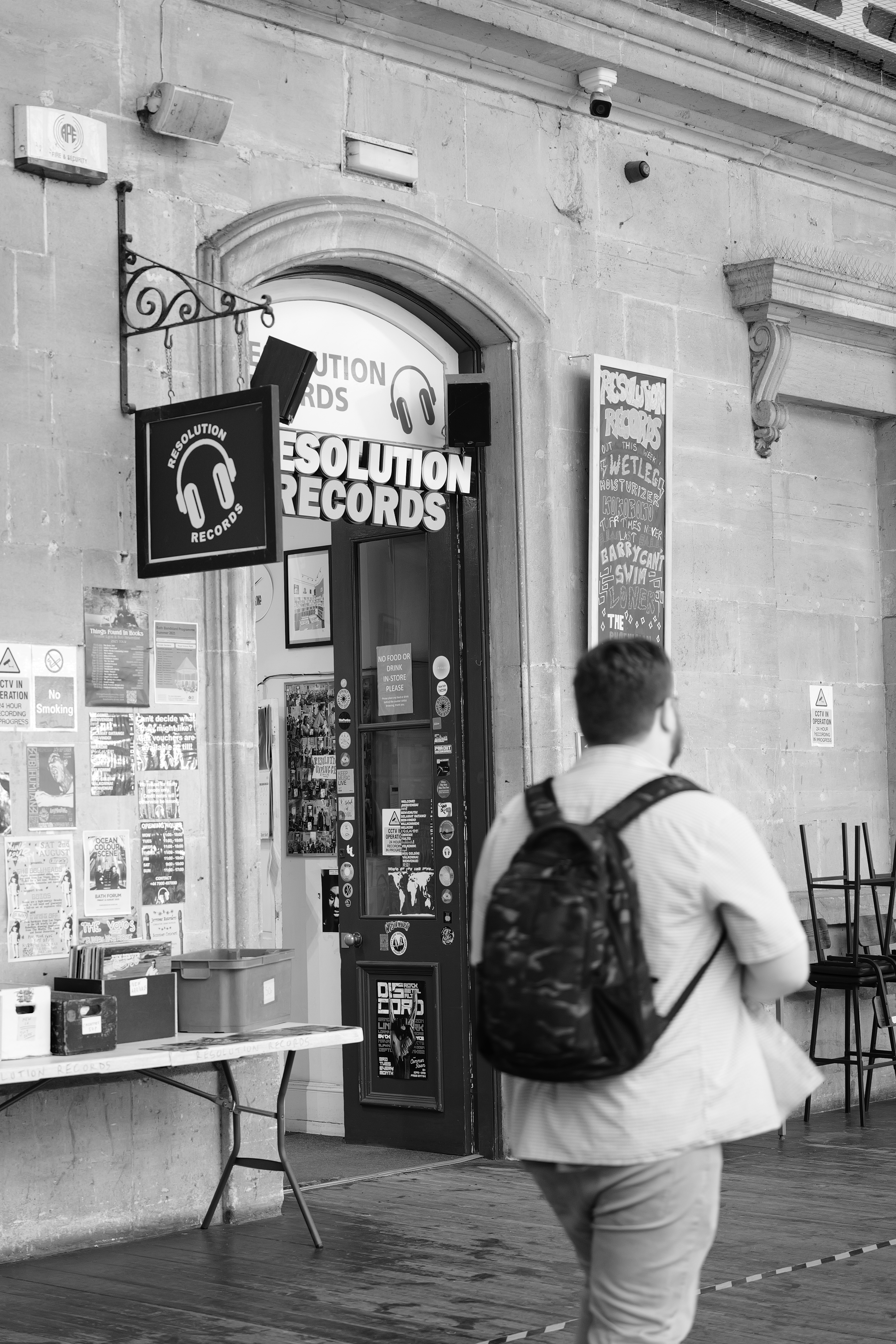
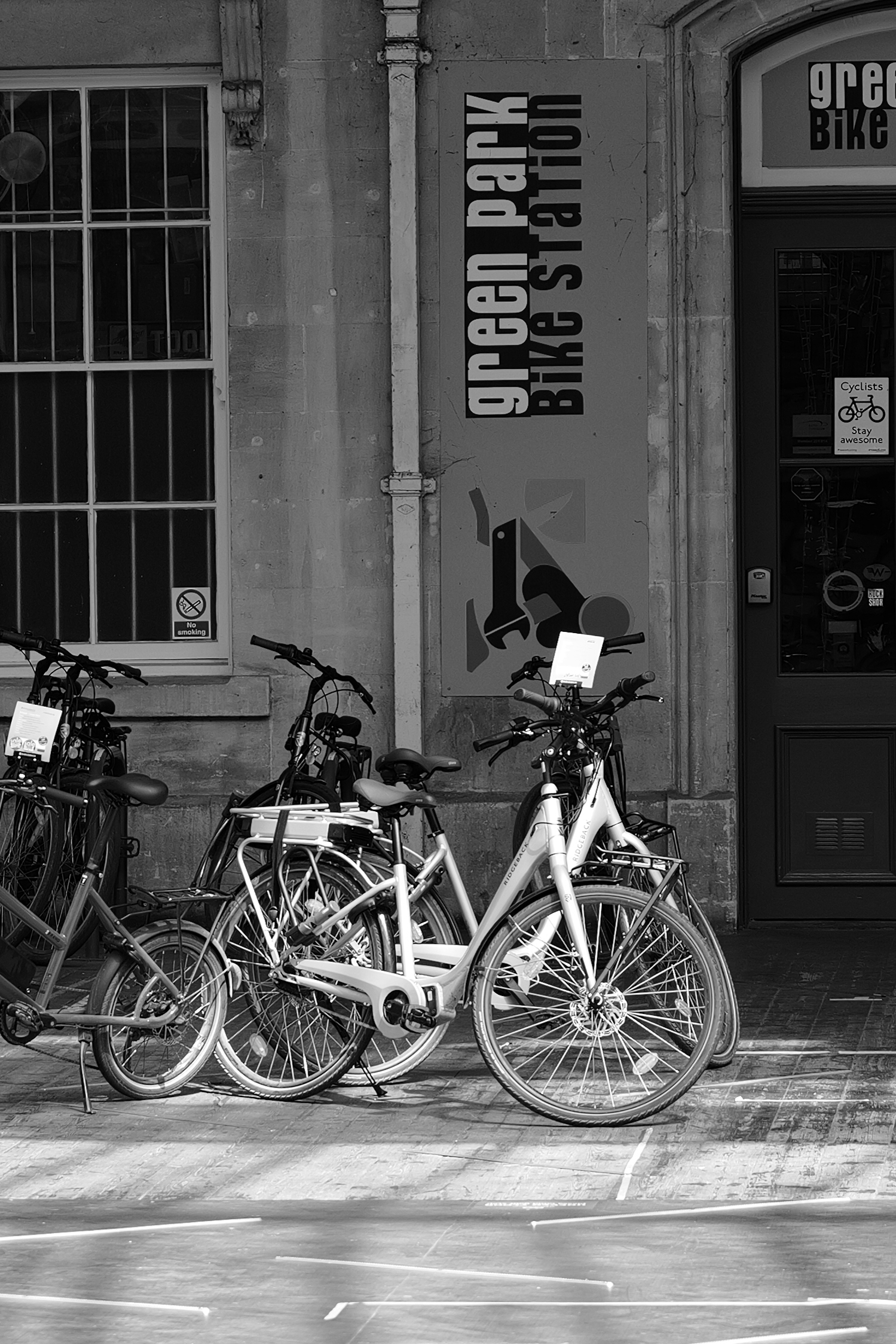

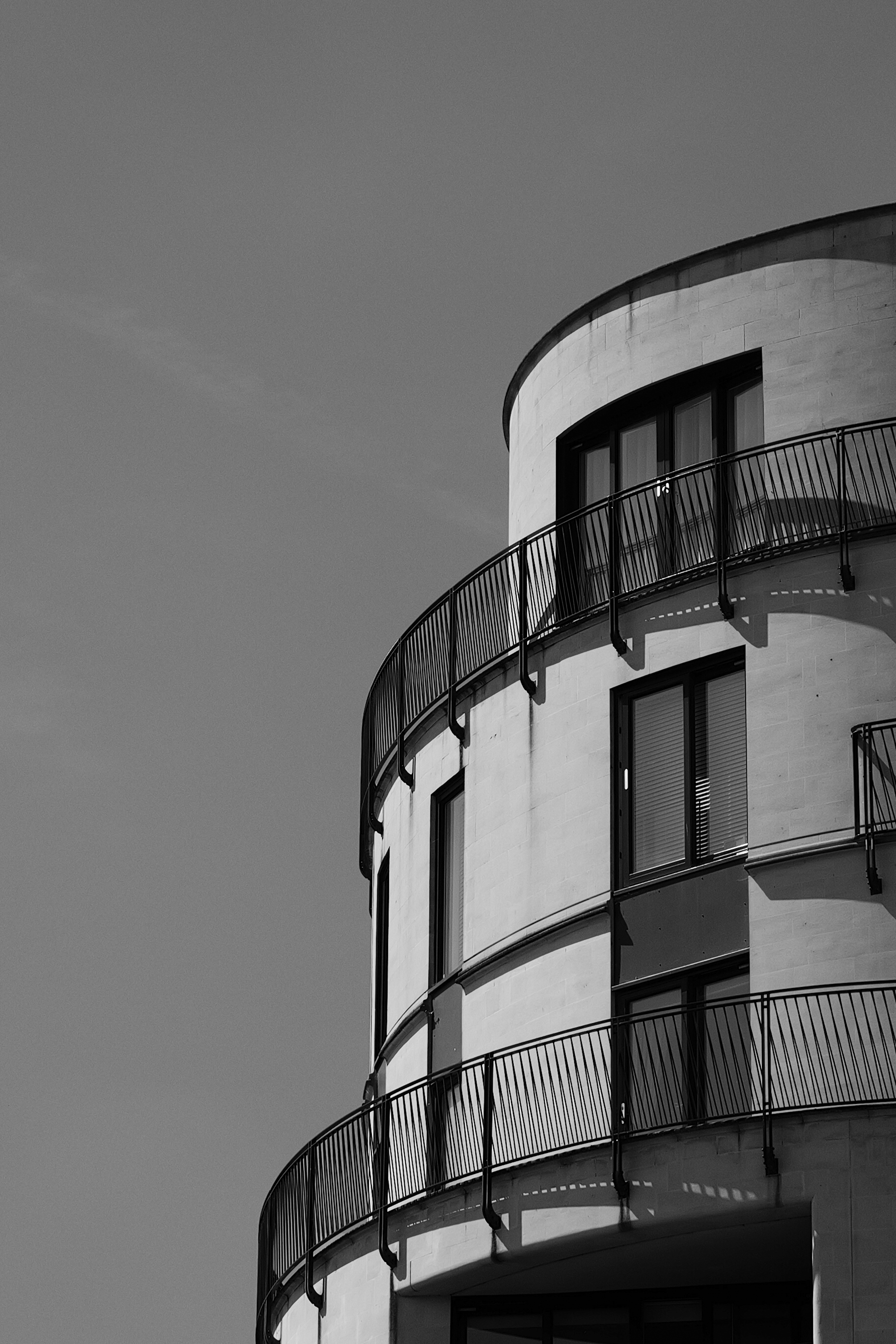
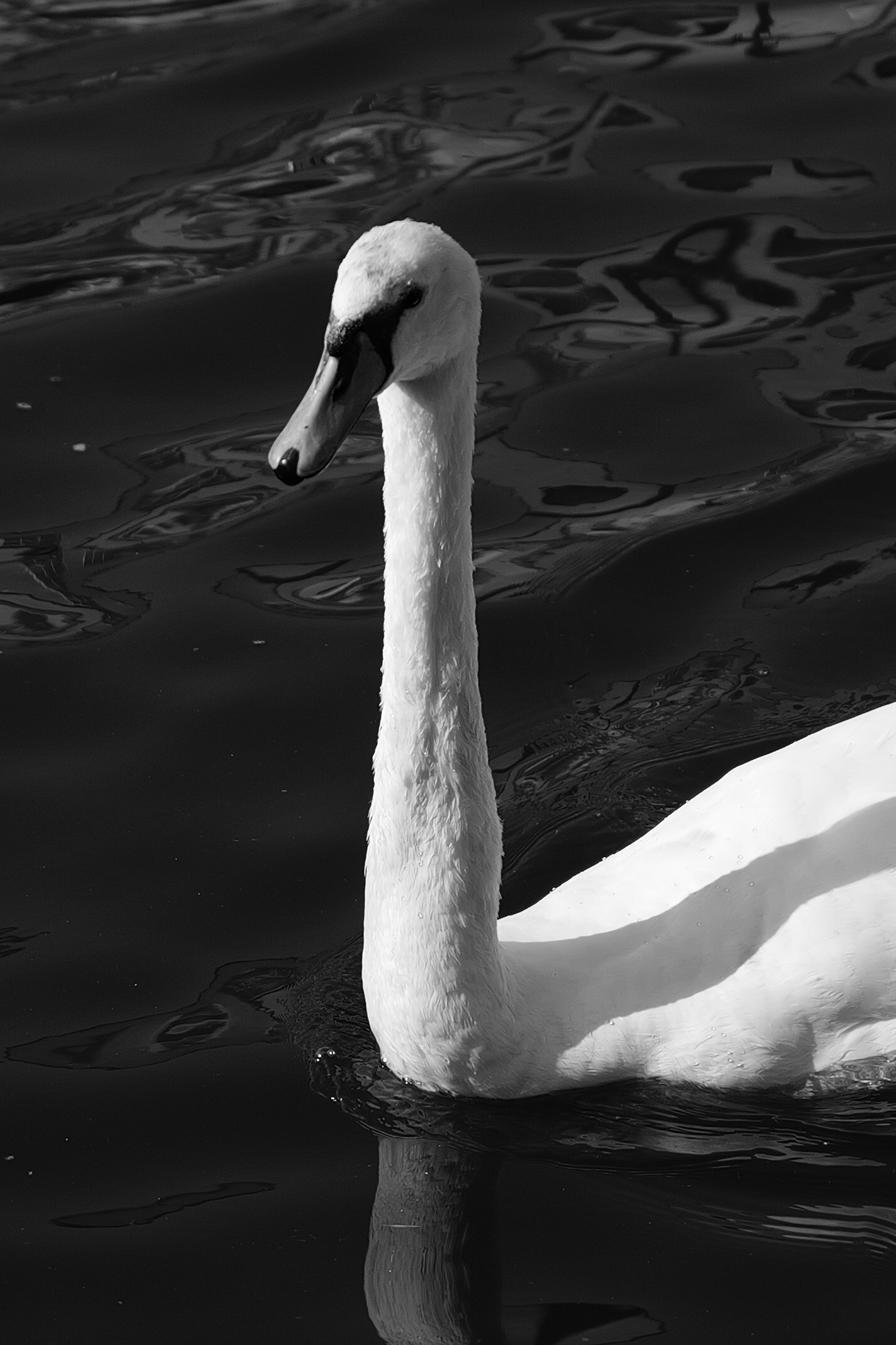
Similar to other Leica cameras, the Q3 43 gives you access to six Leica Looks, such as Vivid, Monochrome, etc. I thoroughly enjoyed using the High Contrast Monochrome black and white profile, which I like almost as much as Fujifilm’s Acros. You can see sample images in the gallery above. It works great for street photography as it adds a dramatic flair.
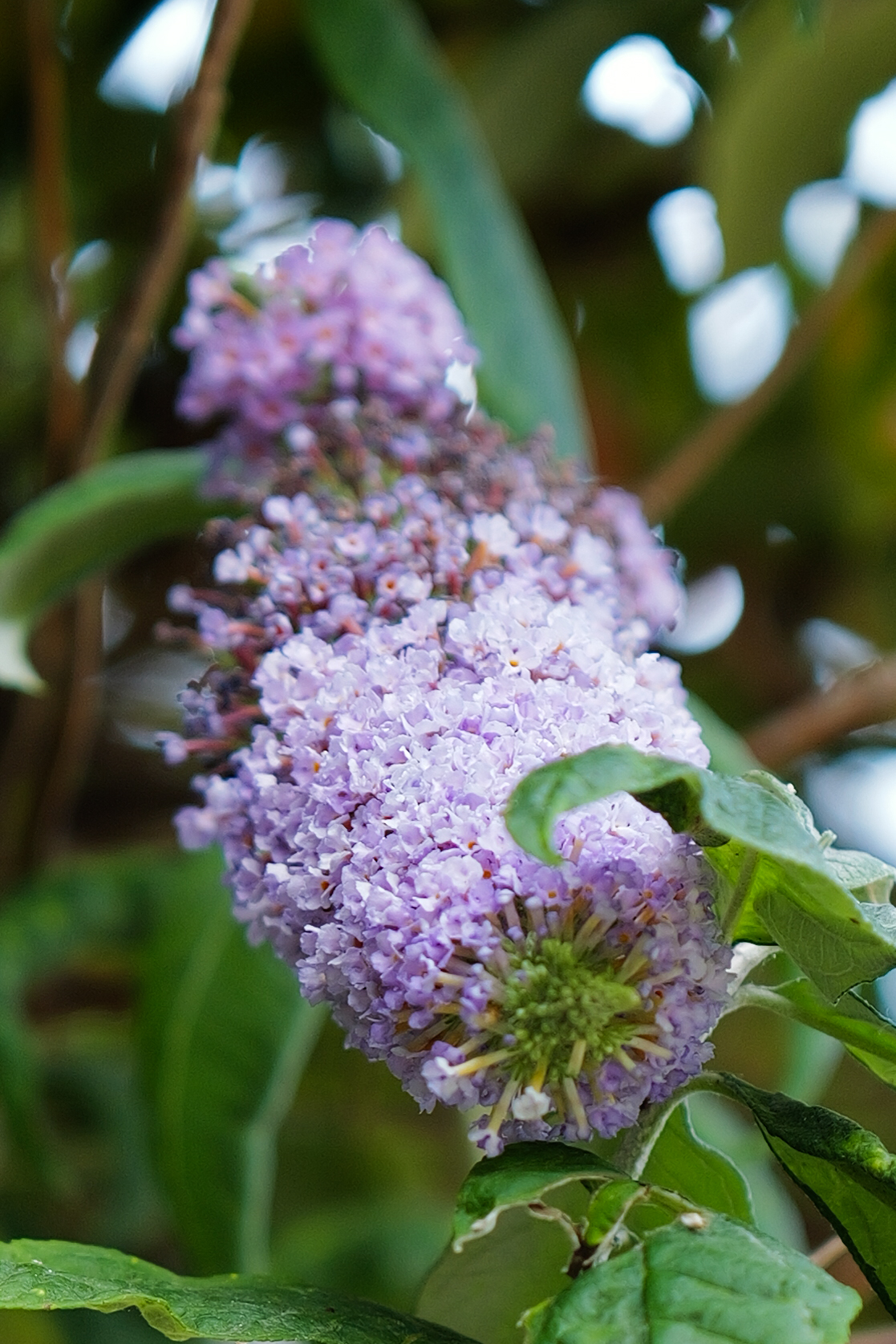
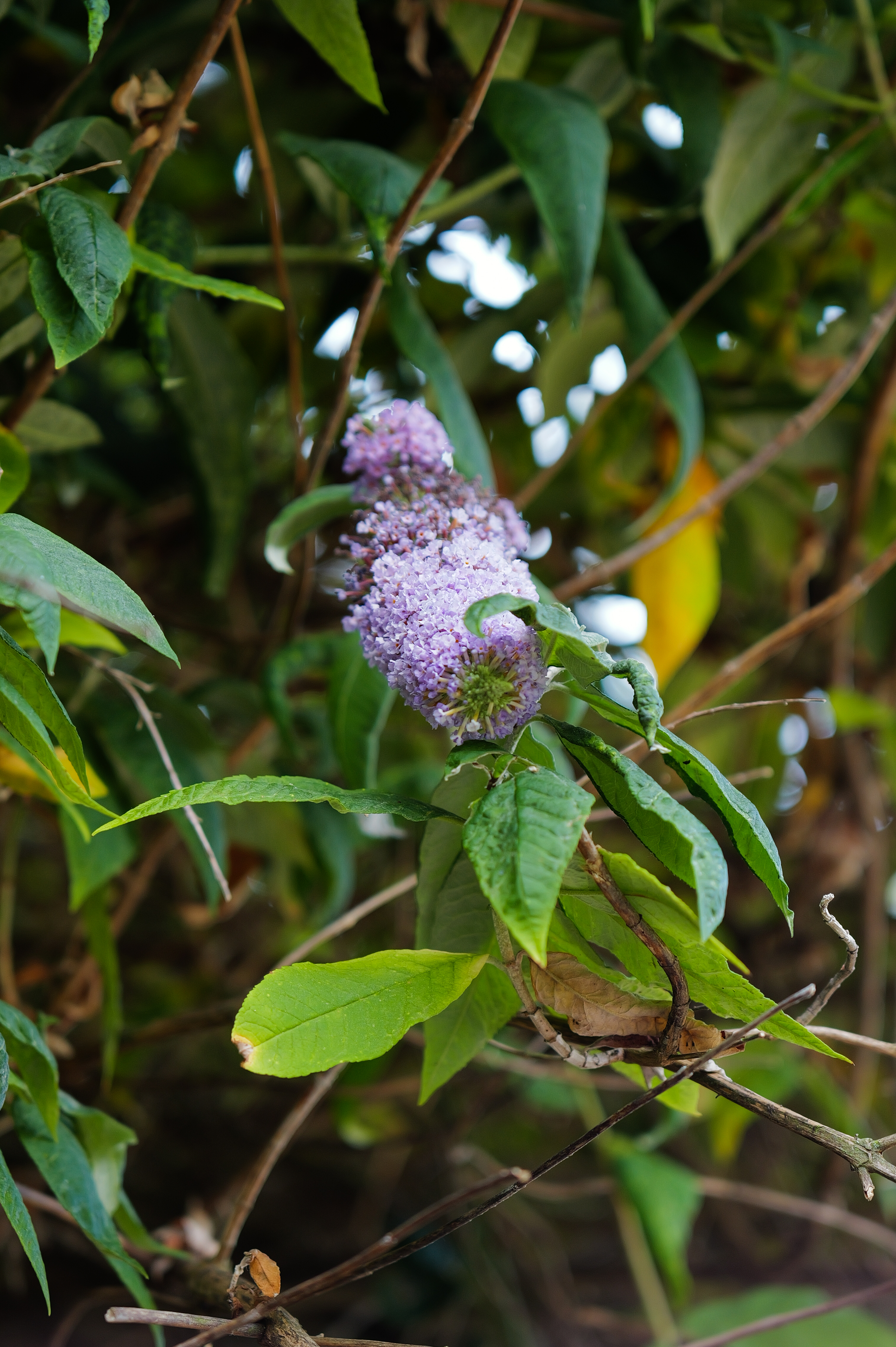
Because you have 60.3 megapixels at your disposal, you can crop right into images, and because the camera retains so much detail, these photos will make for great large-format prints too. The first image in the gallery above is a crop of the second. The flower’s petals are still in focus and appear sharp with refined edges.
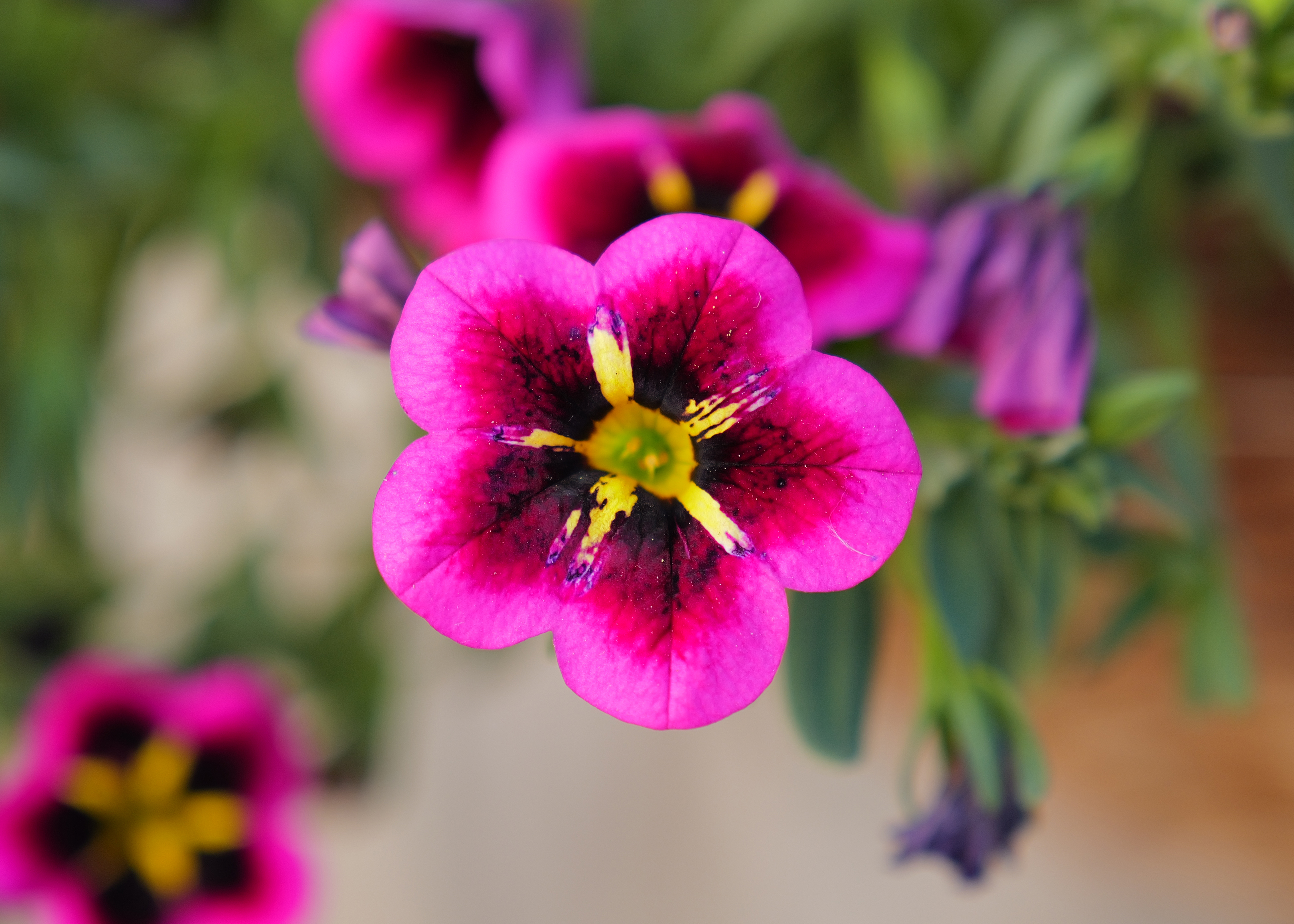
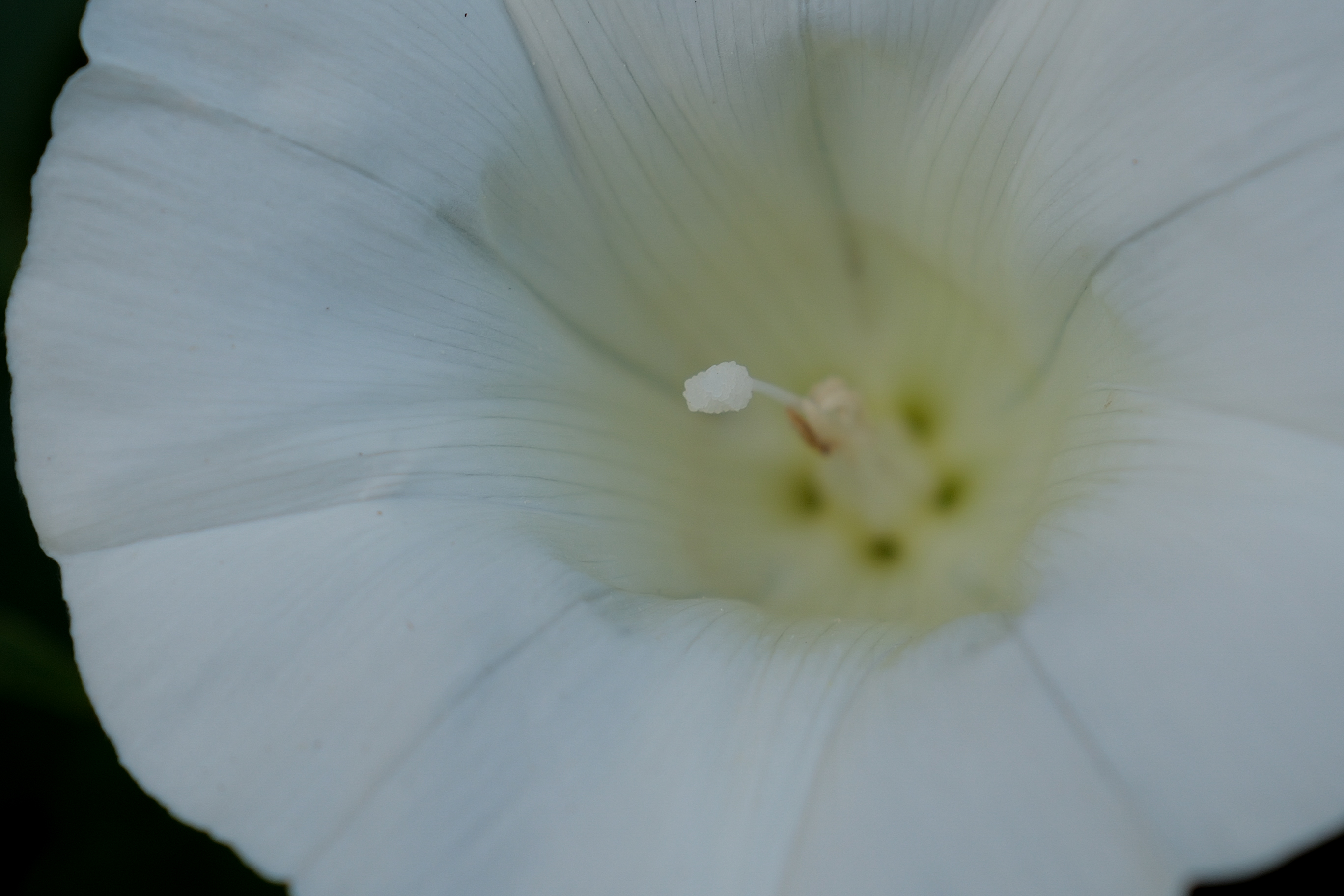
The Q3 43’s built-in lens has a dedicated macro mode. Using the lens dial closest to the camera lets you swap between macro and normal, and twisting it reveals a new set of markings for close-up focusing (as close as 27cm). The photos above were shot with the lens’ macro mode active. I deliberately chose to focus on the petals, leaving the stigma slightly blurry, and I’m very pleased with the result. I did the opposite in the second shot and again, there’s plenty of detail in the shot.
ISO performance
The Q3 43 has an ISO range of 50-100,000. Similar to the Leica M11-D, the Q3 43 captures JPEGs alongside DNGs, and DNGs are usually 15-20% smaller than RAW files, but the difference is negligible.
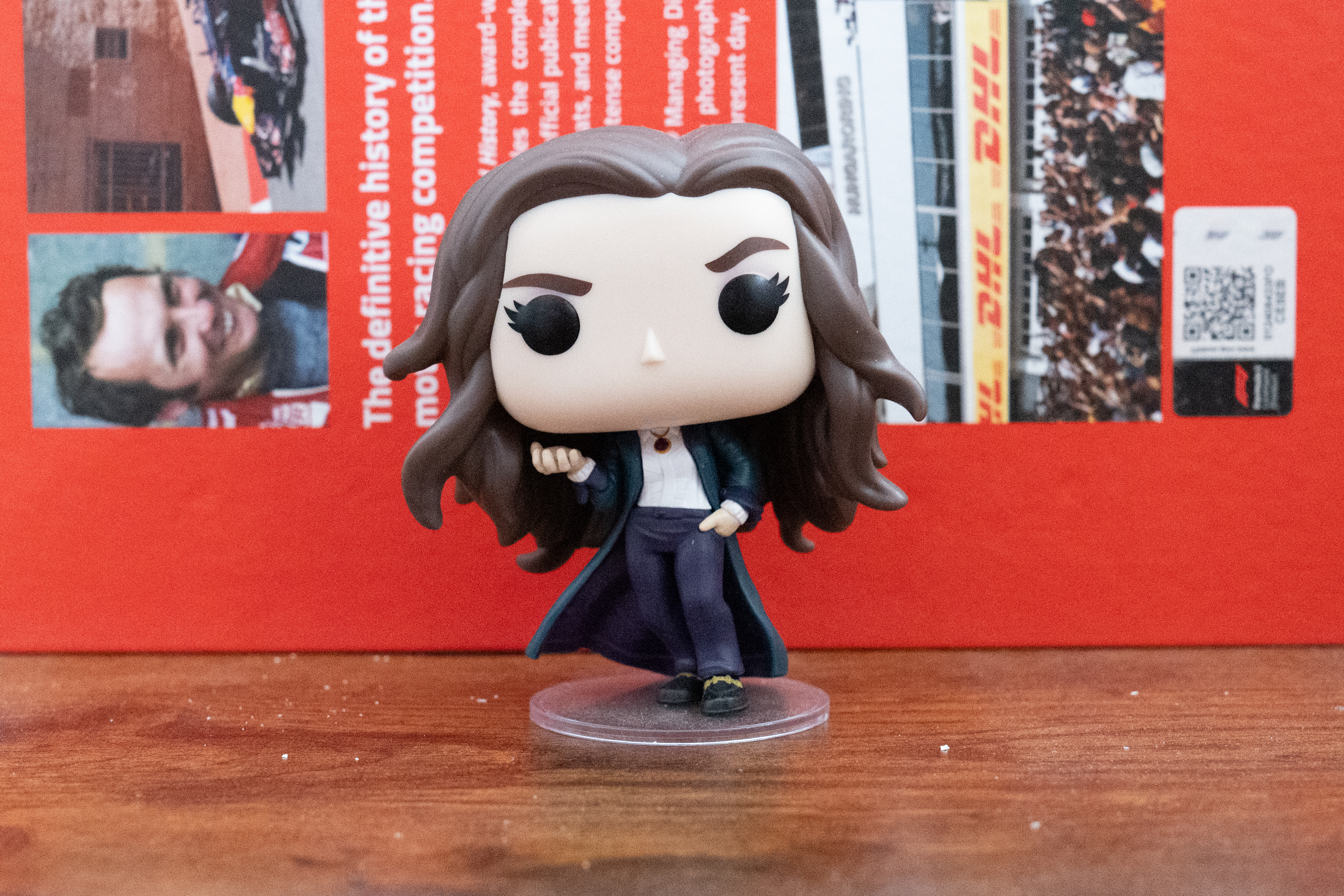
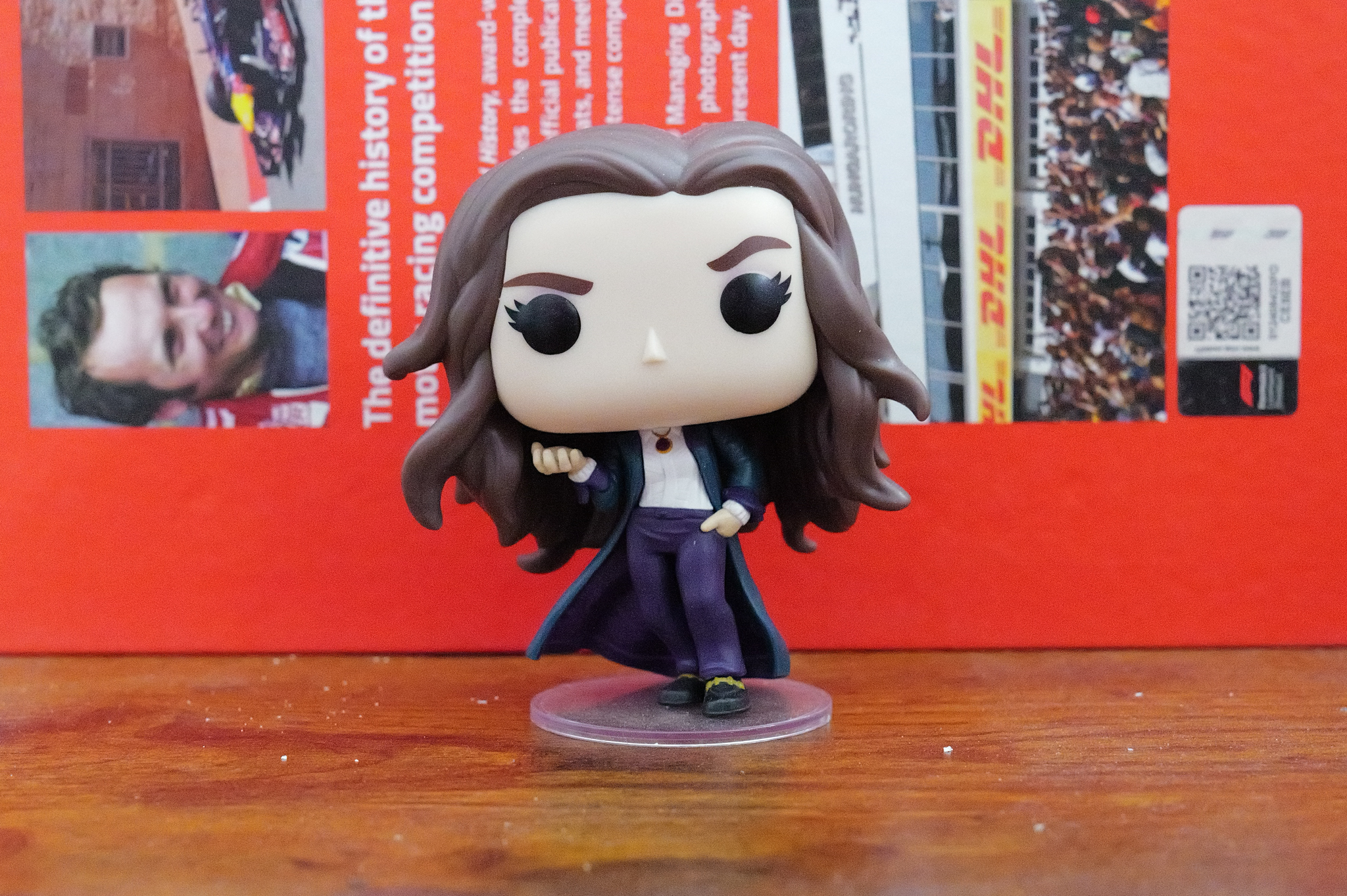
At ISO6,400, the camera performs as you’d expect so let’s talk about higher ISO values instead. The images above were shot at ISO12,500: the first is a JPEG export of the DNG file and the second is the straight-out-of-camera JPEG.
In the DNG, you can see a lot of grain in the background and the bobblehead, but the Q3 43’s in-camera noise reduction technology has done a fantastic job of eliminating it in the second photo. The bobblehead’s features and the text in the background are still sharp.
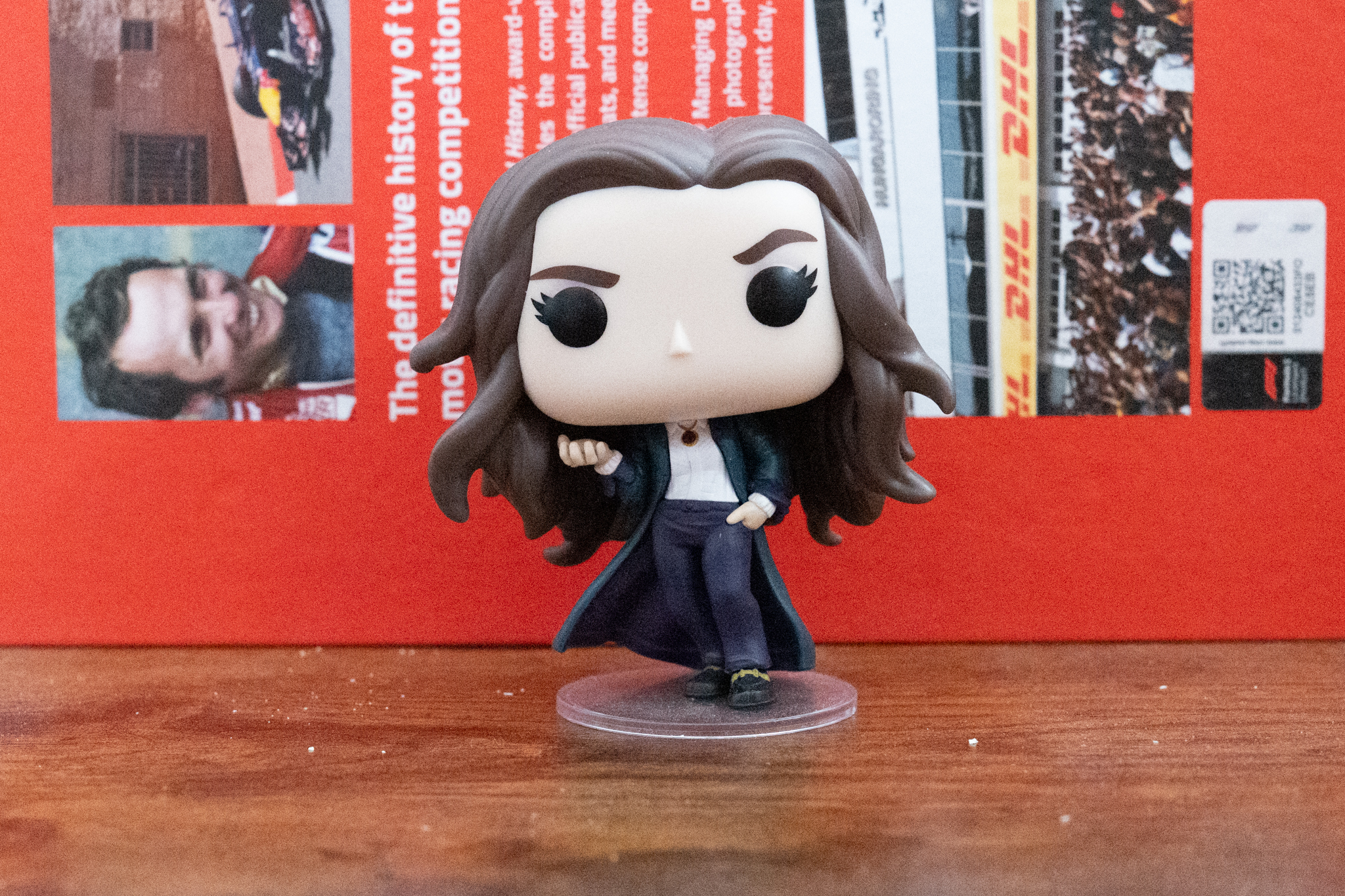
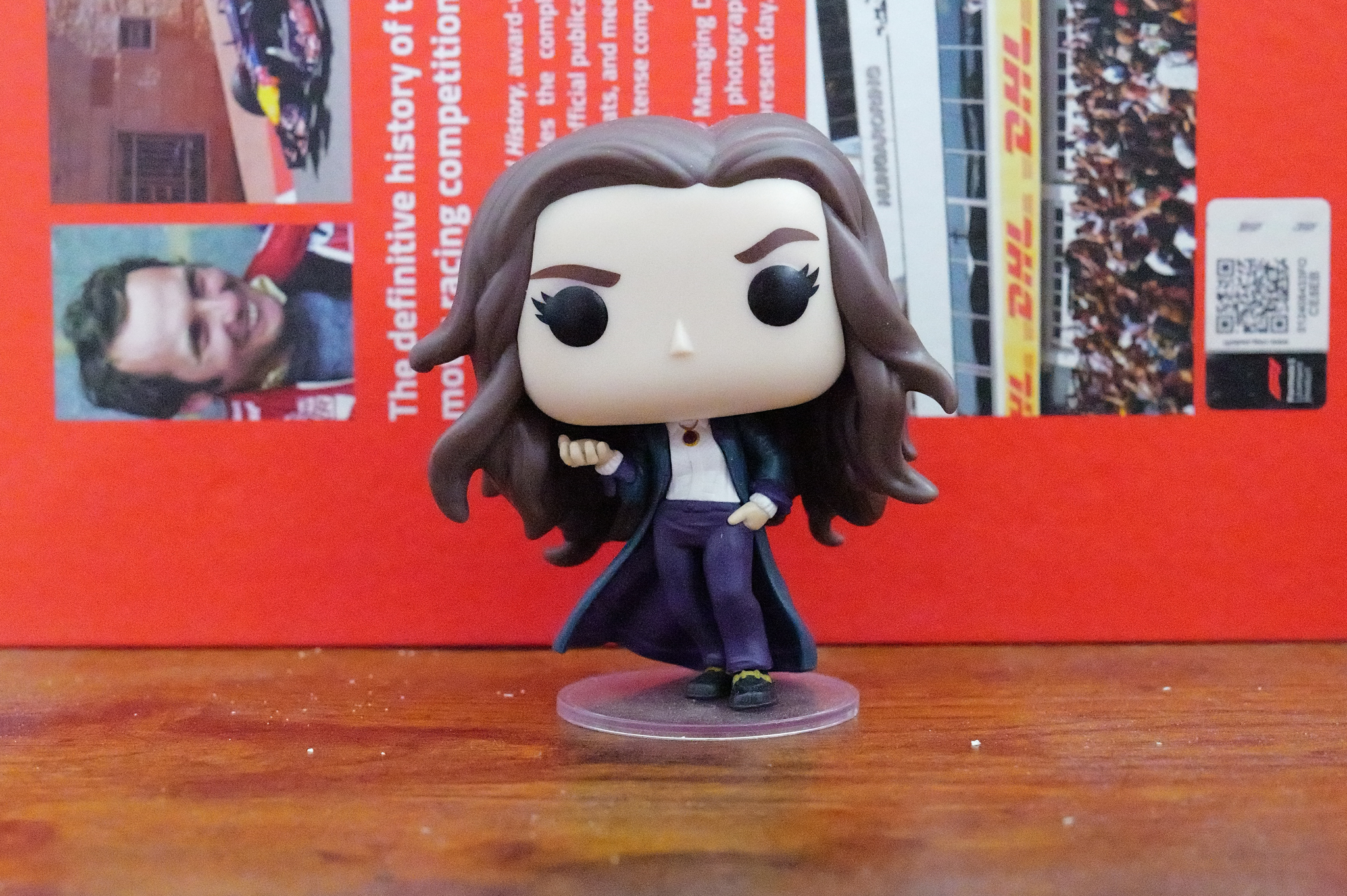
The photos above were shot at ISO25,000 where things start to get really noisy. While the camera does a good job of reducing noise in the SOOC JPEG (second slide), you can still see grain in the bobblehead’s trousers and the book in the background. There is also a slight loss in sharpness around the bobblehead’s fingers.
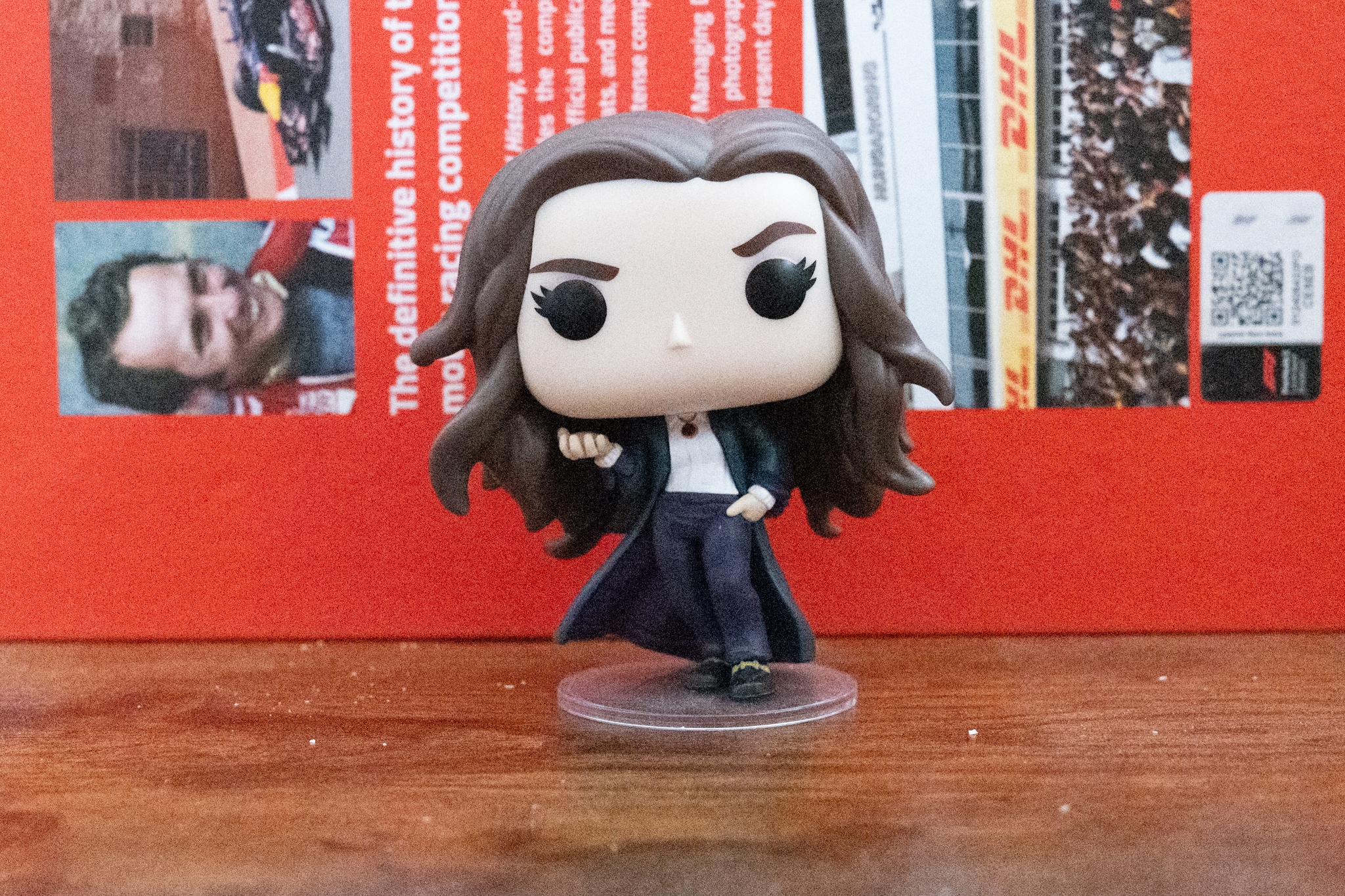
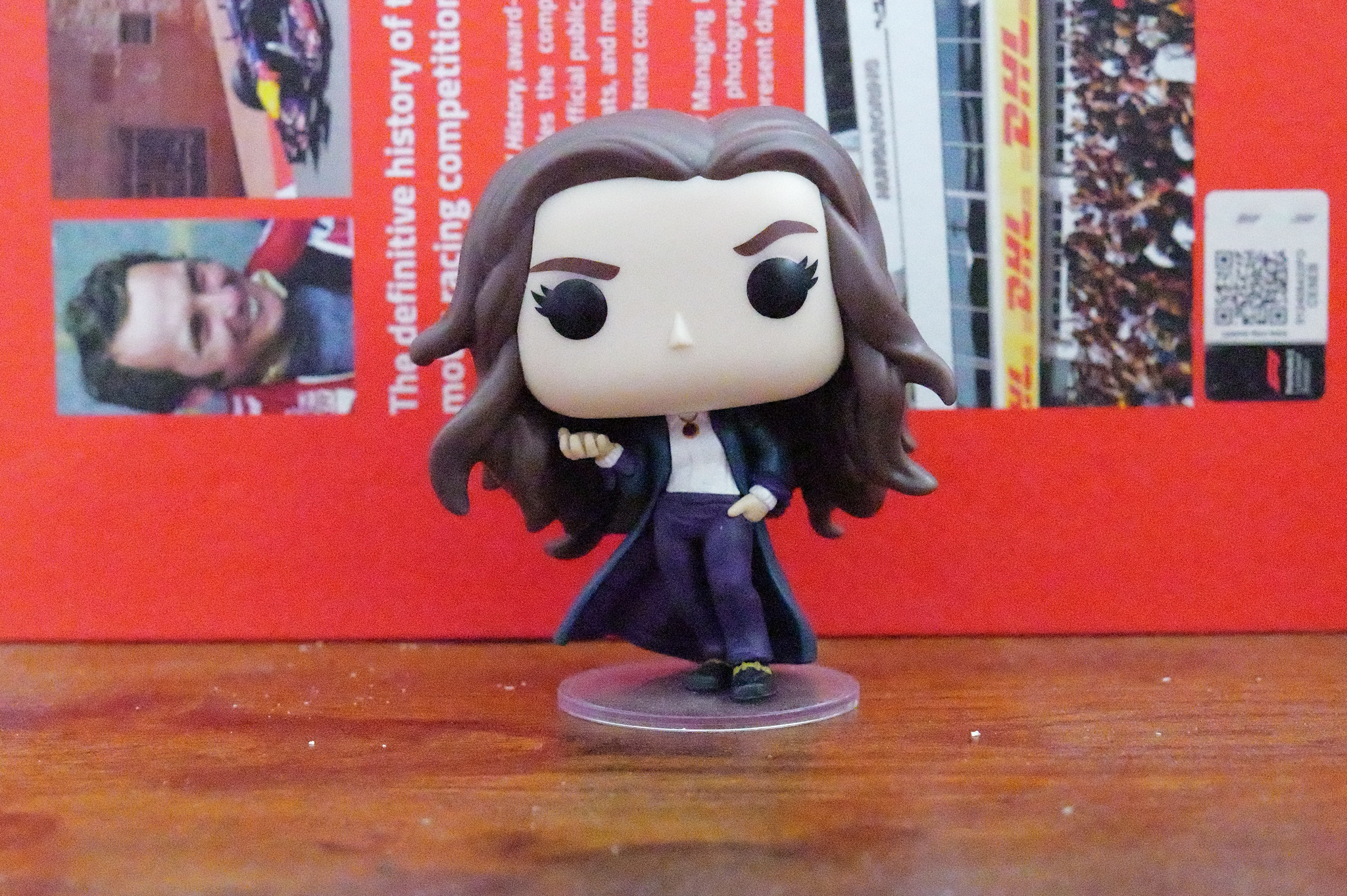
Just like with the Sony A7CR, I wouldn’t recommend shooting at ISO higher than ISO25,000. The photos in the gallery above were shot at ISO50,000 and at this point, noise is destructive. The bobblehead’s fingers and hair don’t appear as sharp and neither do the letters on the book. While you can shoot at up to ISO100,000, use it only as a last resort.
The Fujifilm GFX100RF outclasses the Q3 43 when it comes to shooting at high ISO. I noticed noise only at ISO102,400 when using the GFX100RF, which is commendable, and I’d recommended getting the Fuji instead if you want to shoot at high sensitivities.
Dynamic range
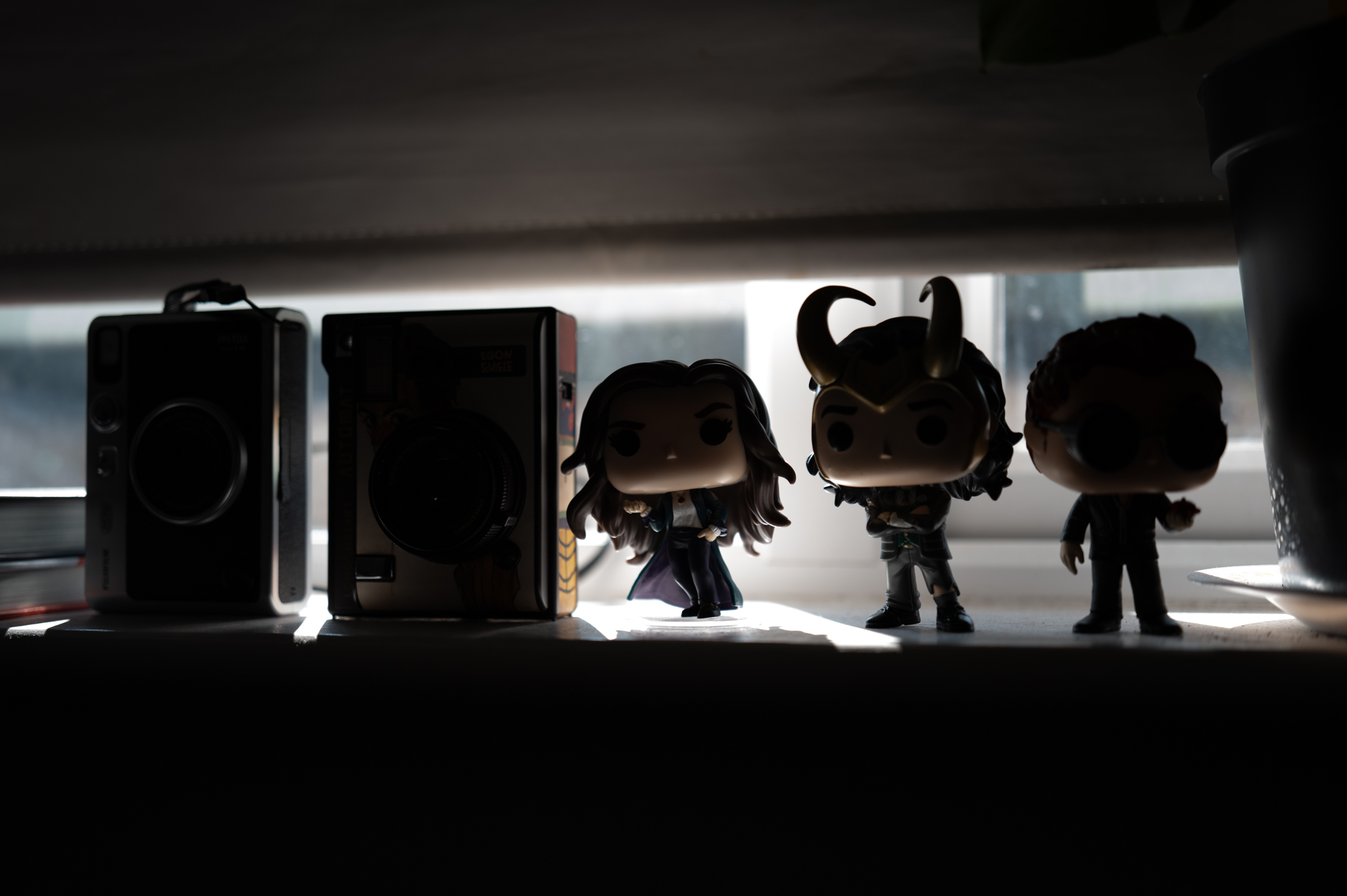
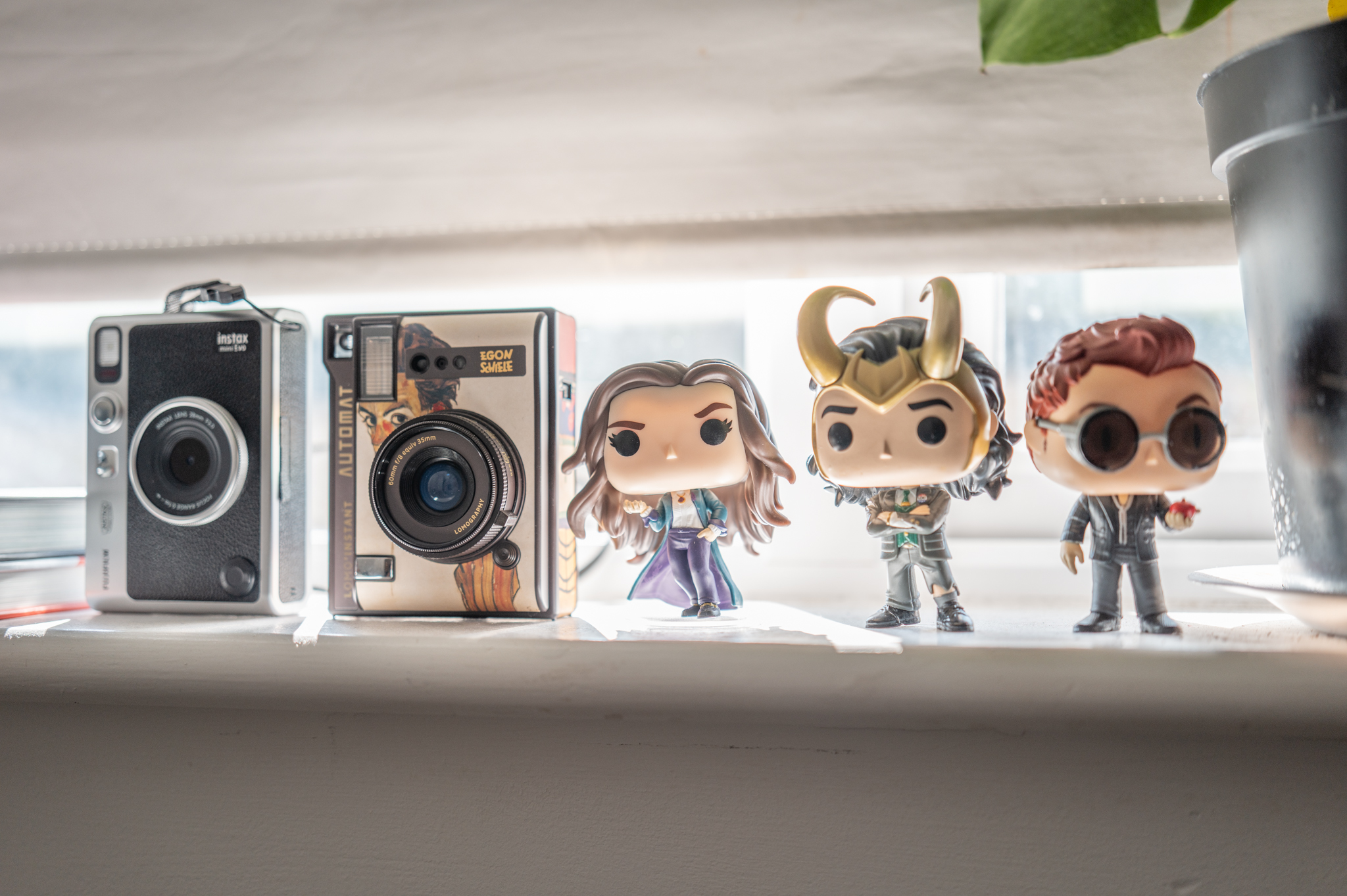
Similar to the Leica M11-D, dynamic range performance is where the Leica Q3 43 shines. Offering up to 14+ stops, you can make extensive adjustments in post-production without significantly impacting image quality. To test the camera’s dynamic range, I conducted an extreme test by photographing my collection of bobbleheads and instant cameras against a light source (the sun), and I was very impressed with the result.
In the gallery above, shot at ISO50, the first shot is a JPEG export of the DNG file, unedited, and the second is the same photo but with shadows and exposure boosted and highlights reduced in Adobe Photoshop Lightroom. The shadows have remained very clean and plenty of color detail has been captured.
Leica Q3 43 review: Video
While the Leica Q3 43 is primarily regarded as a stills-first camera due to its lack of 3.5mm input and average image stabilization, it’s excellent for casual video work. It can shoot 8K/30fps, 4K/60fps (as seen above) and FHD/120fps slow motion video, and cinematic 8K and 4K too (17:9 aspect ratio).
4K and 8K video is recorded in 4:2:2 10-bit which means it can capture 1.07 billion individual hues, while FHD is limited to 8-bit (16.7 million hues). Leica has also added support for Apple ProRes for high-quality video editing in professional post-production workflows. You can shoot in L-Log too to capture a wide dynamic range for more flexibility in post.
Cinematic 4K, as I said, records footage in the 17:9 aspect ratio, and you can see a clip above. Movement is smooth and flawless at 60fps. This video was shot in the Vivid Leica Look which adds more saturation to colors and it looks fantastic, perfect for shots of flowers and any other bright subject.
Leica Q3 43 review: Battery life
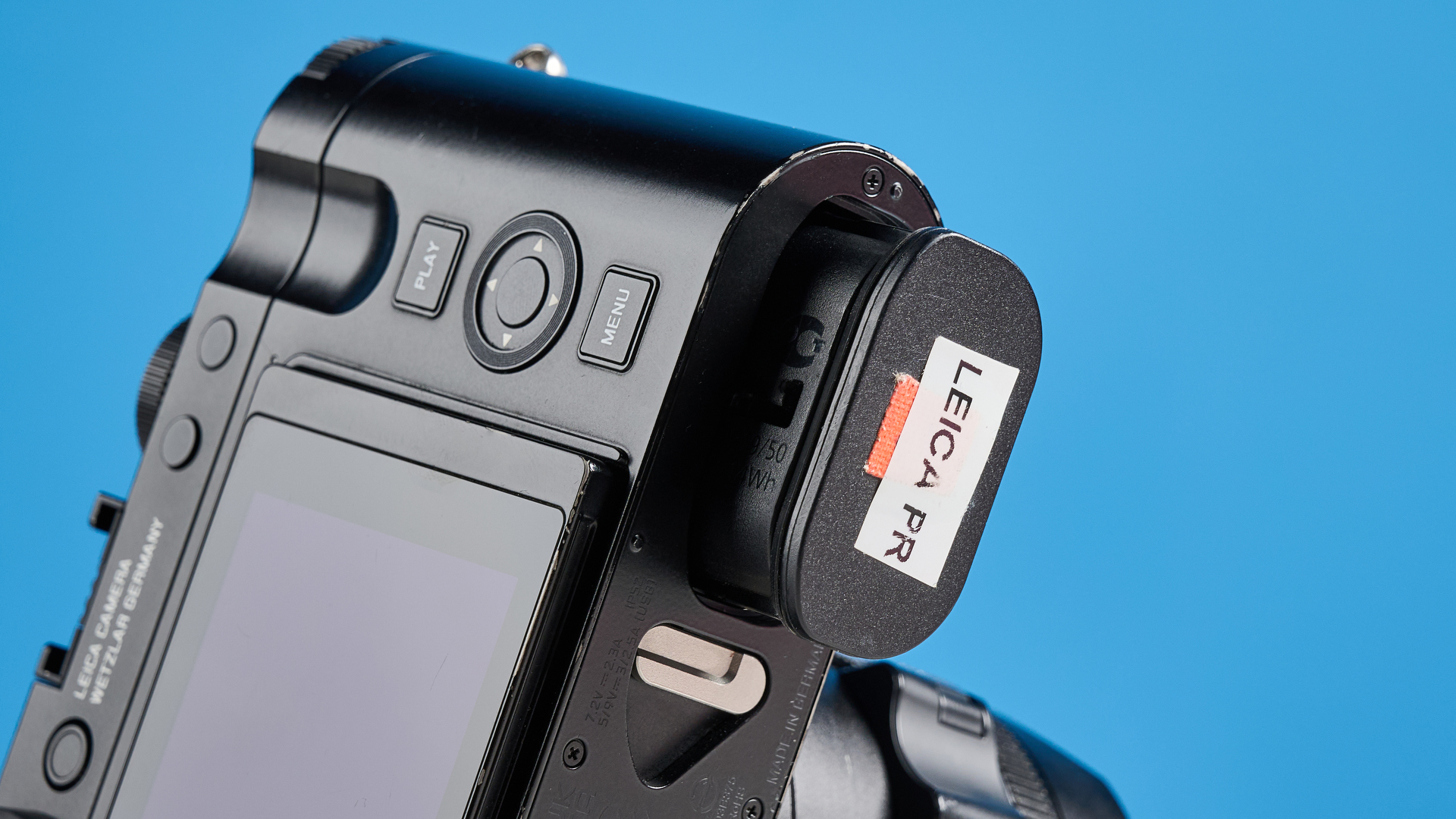
Where the Leica Q3 43 falls short is in the battery department. It utilizes the BP-SCL6 battery pack and it has a 350-shot CIPA rating. The Fujifilm GFX100RF blows the Q3 43 out of the water here as it’s CIPA-rated for 820 shots. Even the cheaper Fujifilm X100VI (450 shots) and the Sony A7CR (530 shots) outlast the Q3 43.
CIPA tests, however, are conducted under very strict testing conditions, and real-life results will always vary depending on your shooting conditions and habits. I shot JPEGs while regularly accessing the gallery, adjusting settings, shooting through the viewfinder and using the monitor, and a single charge yielded nearly 450 shots. It’s always safer to take CIPA ratings as the standard, though.
Leica Q3 43 review: Verdict
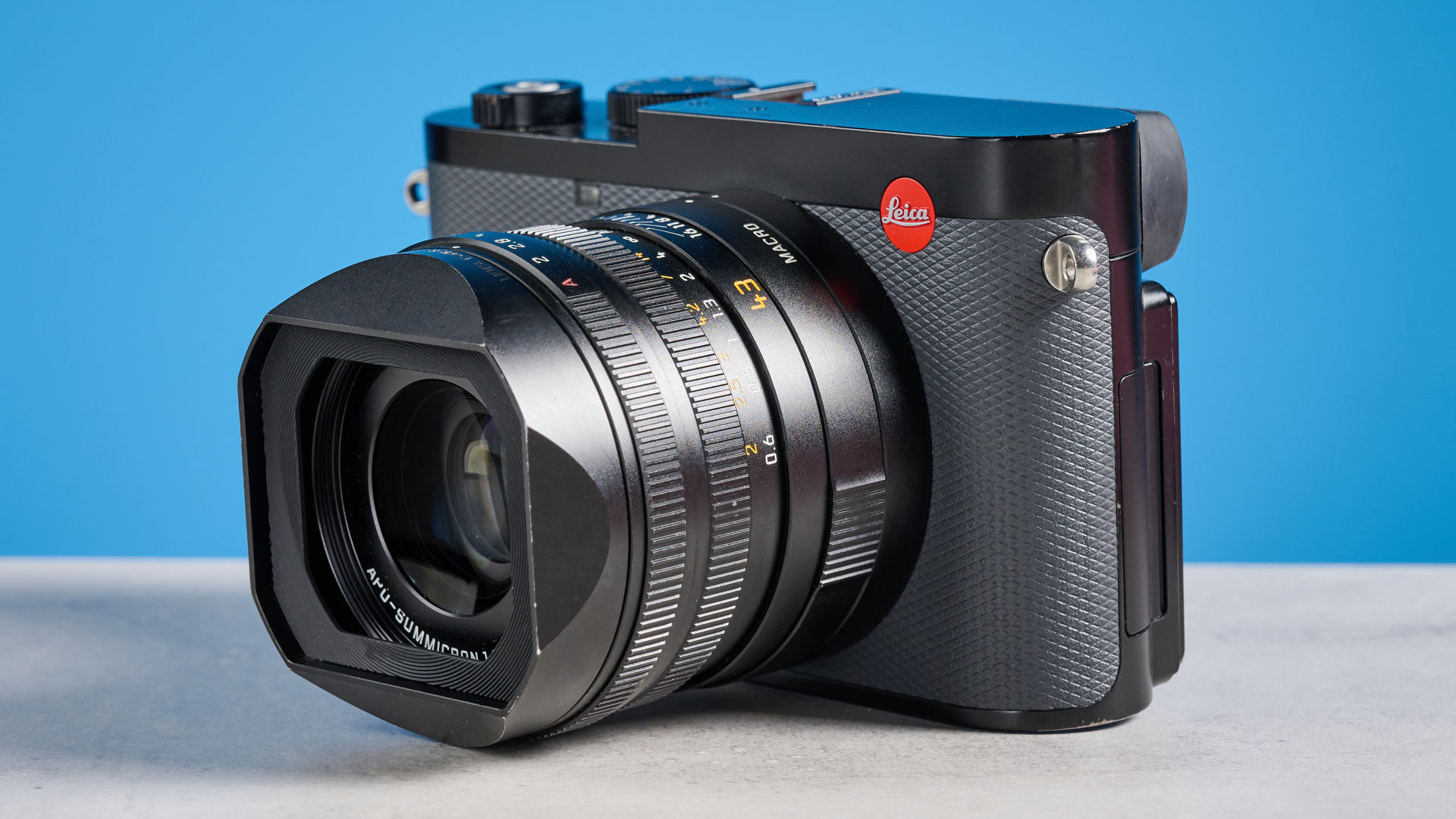
With a 60.3MP CMOS full frame sensor that takes beautiful photos, aided by a 43mm lens that is extremely sharp, the Leica Q3 43 is a force to be reckoned with. Great for street, architecture, travel and candid portraits, the camera boasts faithful color reproduction and it makes colors pop. Digital cropping adds to the camera’s versatility while retaining lots of detail. Autofocus works well on both humans and animals as the camera quickly focuses on subjects being photographed.
While primarily aimed at stills shooters, you get access to 8K/30fps and 4K/60fps video recording too, which is hindered by the camera’s lack of 3.5mm input and lack of in-body image stabilization. Regardless, the resulting footage is smooth and gorgeous. The Q3 43 is a lovely camera to handle and compact enough to carry around your neck or in a small bag.
I haven’t stopped thinking about the Q3 43 since I tested it and I think it will be a while until another camera blows me like this one did. If you can afford it, then there’s nothing like it.
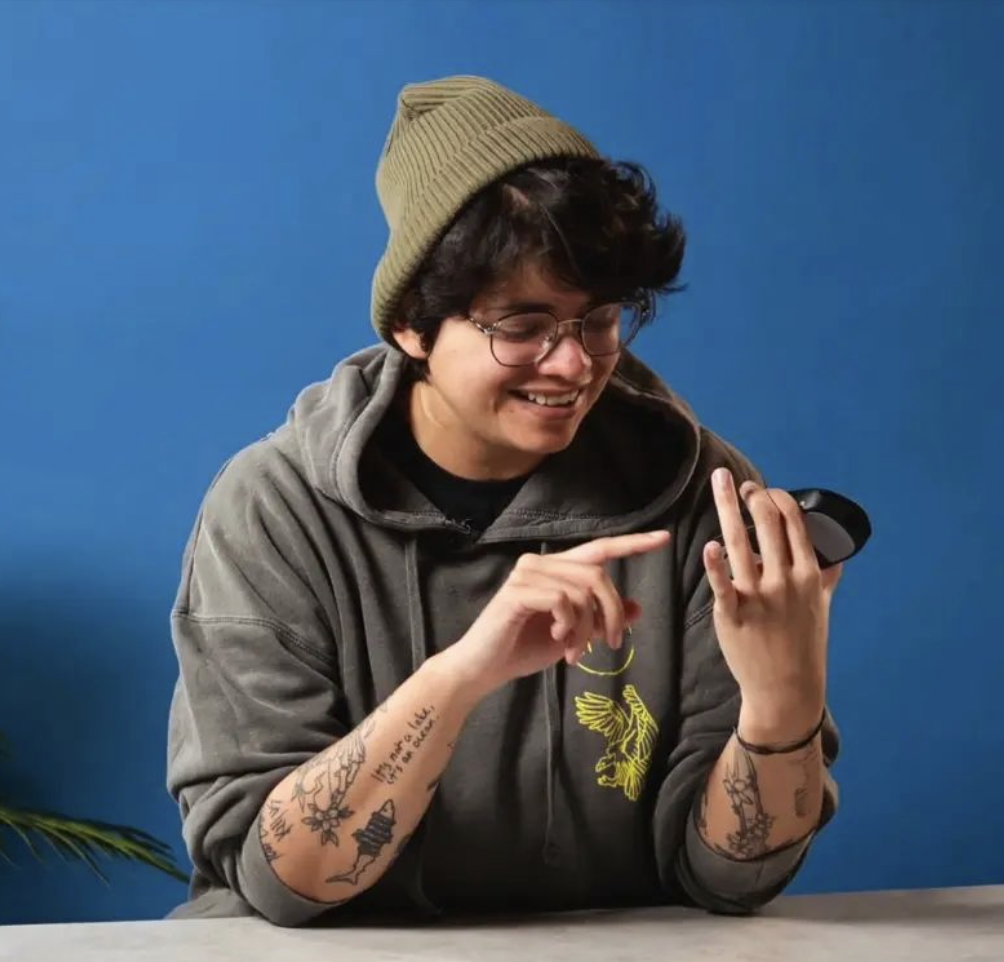
Nikita is a Senior Writer on the Reviews team at Tom's Guide. She's a lifelong gaming and photography enthusiast, always on the lookout for the latest tech. Having worked as a Sub Editor and Writer for Canon EMEA, she has interviewed photographers from all over the world and working in different genres. When she’s not working, Nikita can usually be found sinking hours into RPGs on her PS5, flying a drone (she's a licensed drone pilot), at a concert, or watching F1. Her work has appeared in several publications including Motor Sport Magazine, NME, Marriott Bonvoy, The Independent, and Metro. You can follow her photography account on Instagram here.
You must confirm your public display name before commenting
Please logout and then login again, you will then be prompted to enter your display name.
